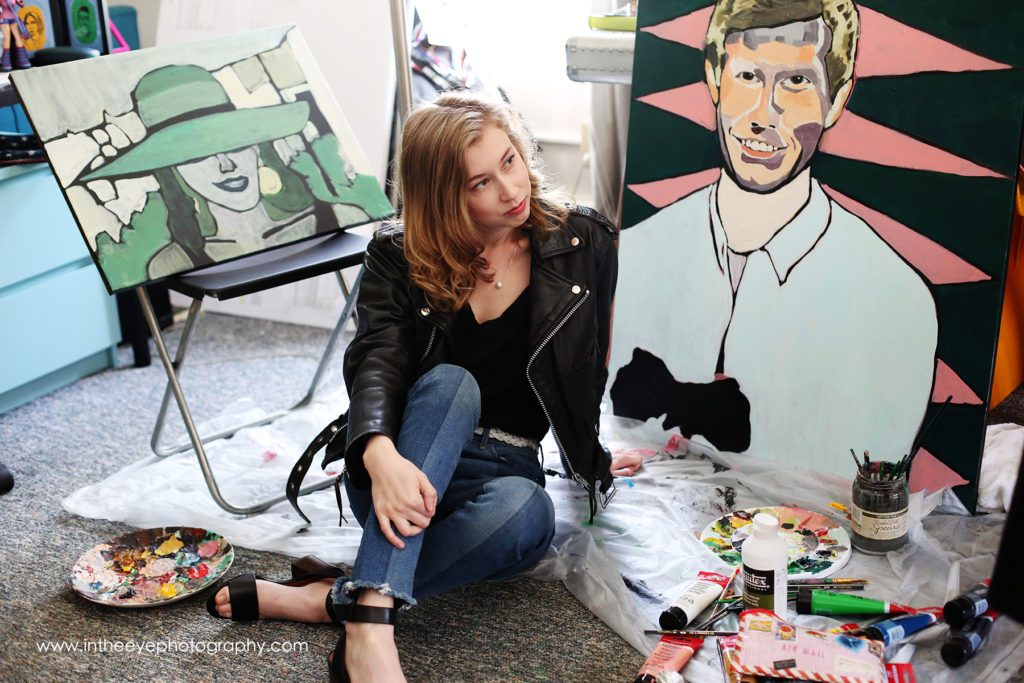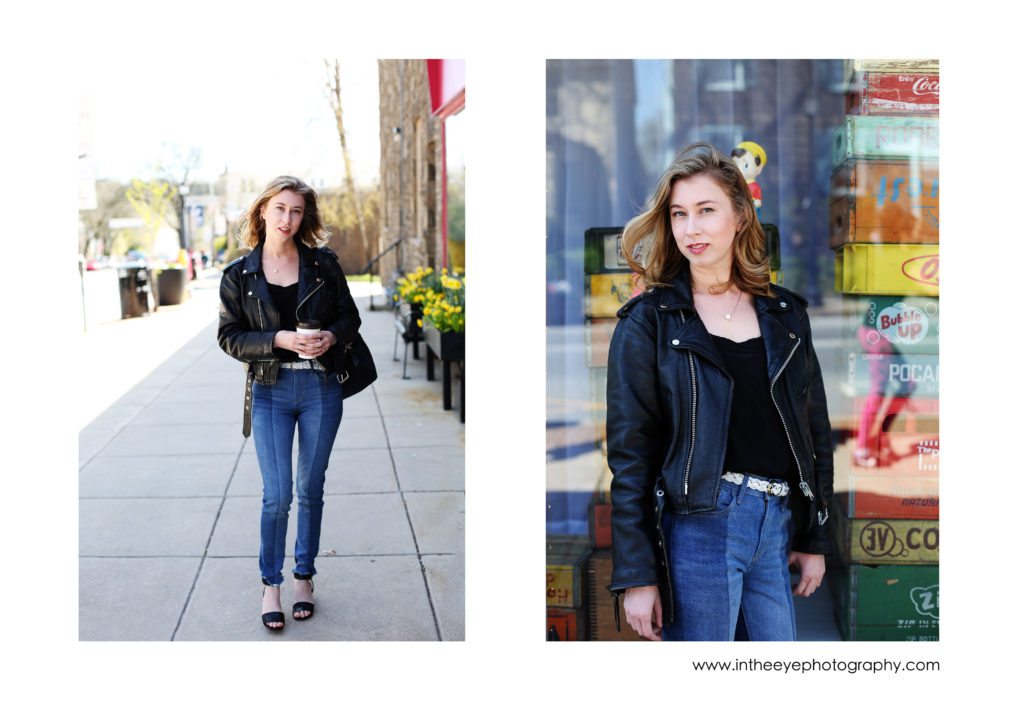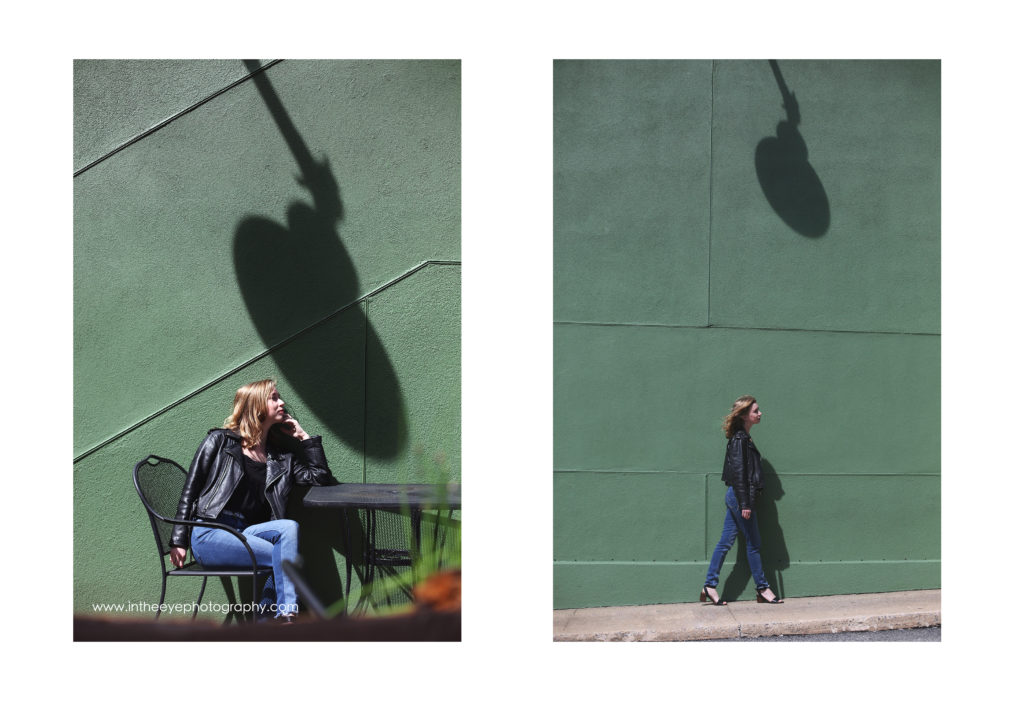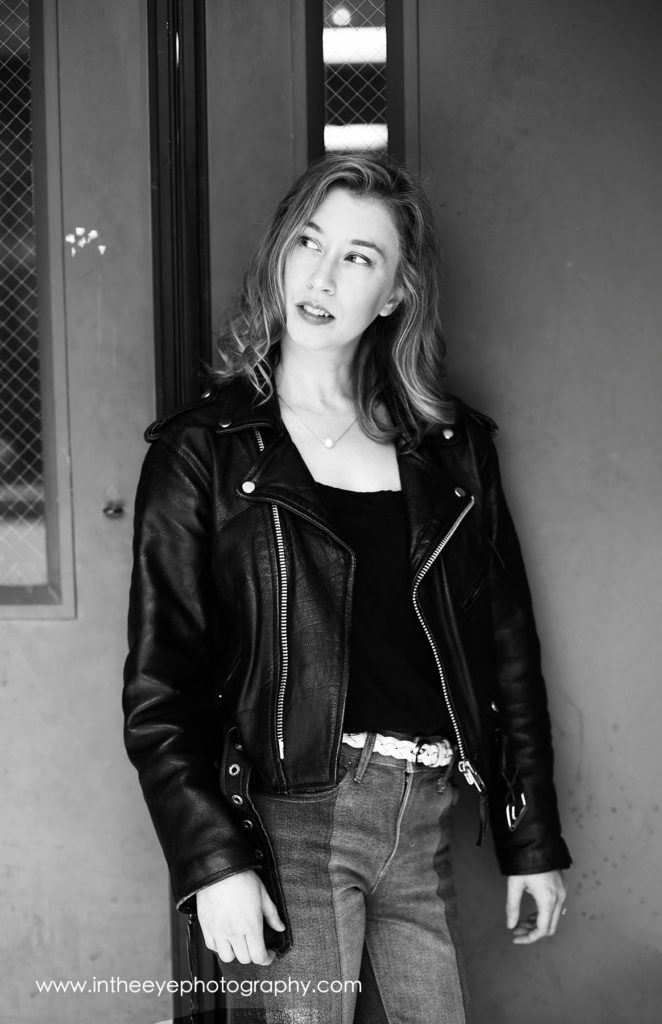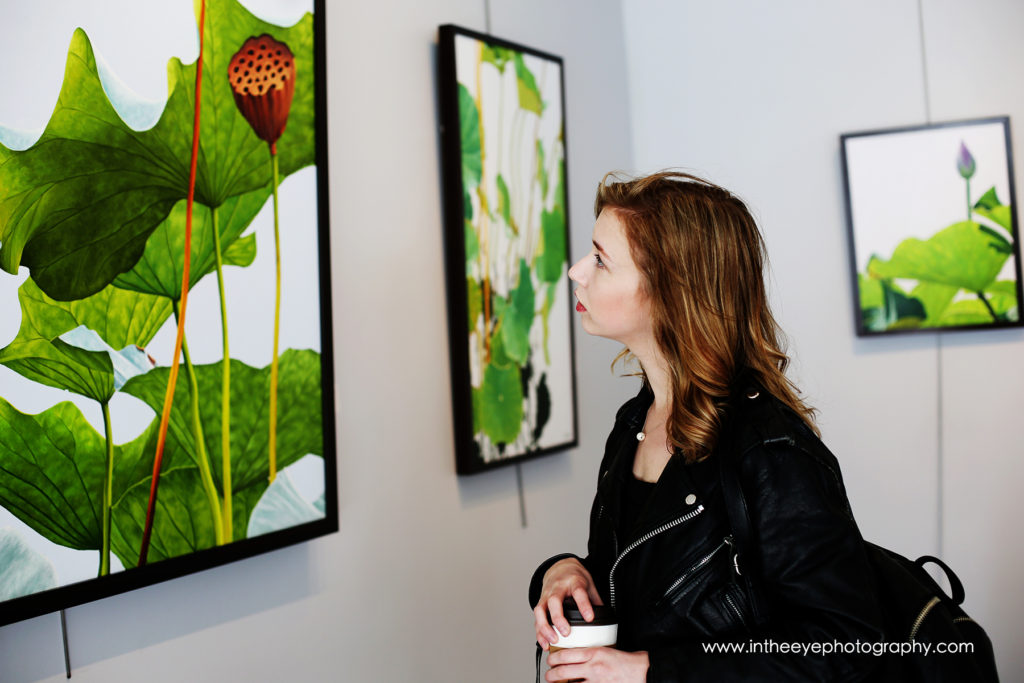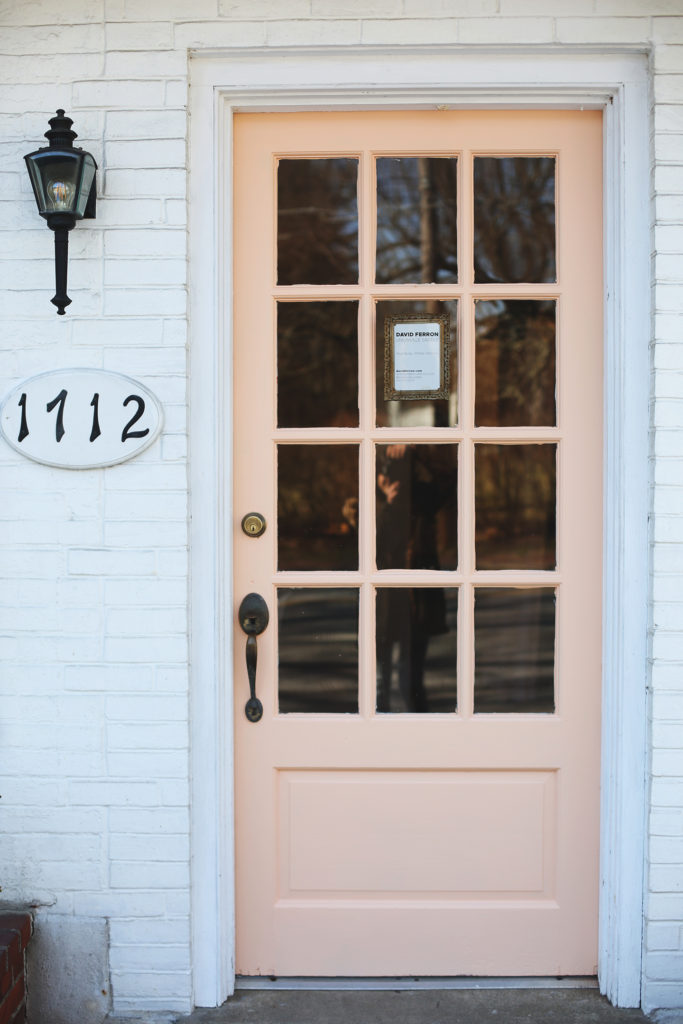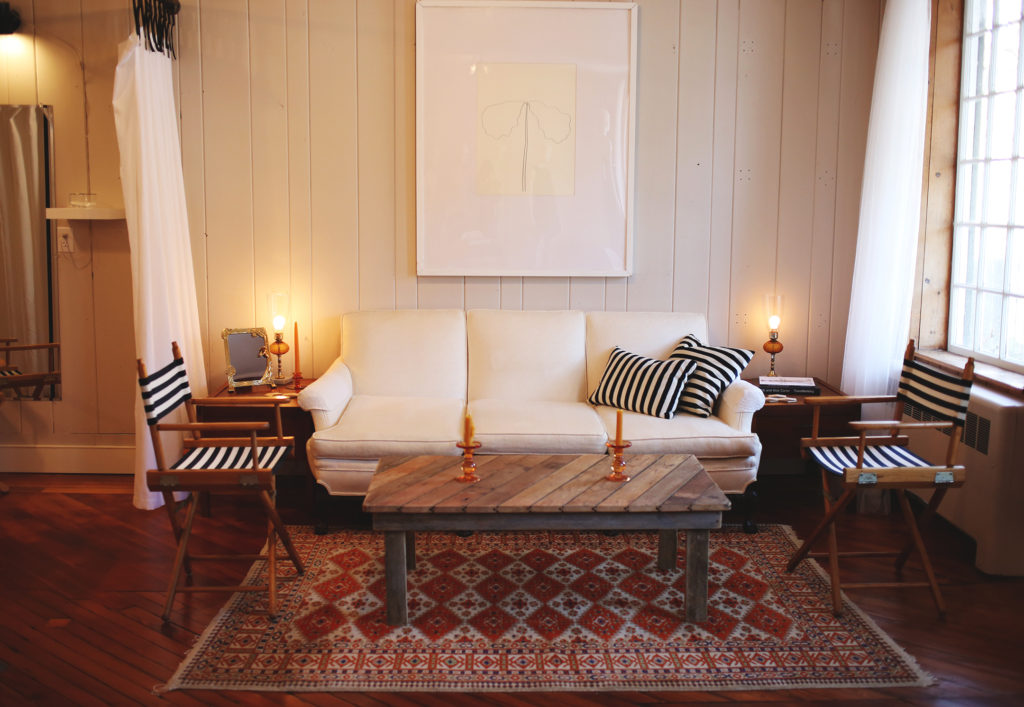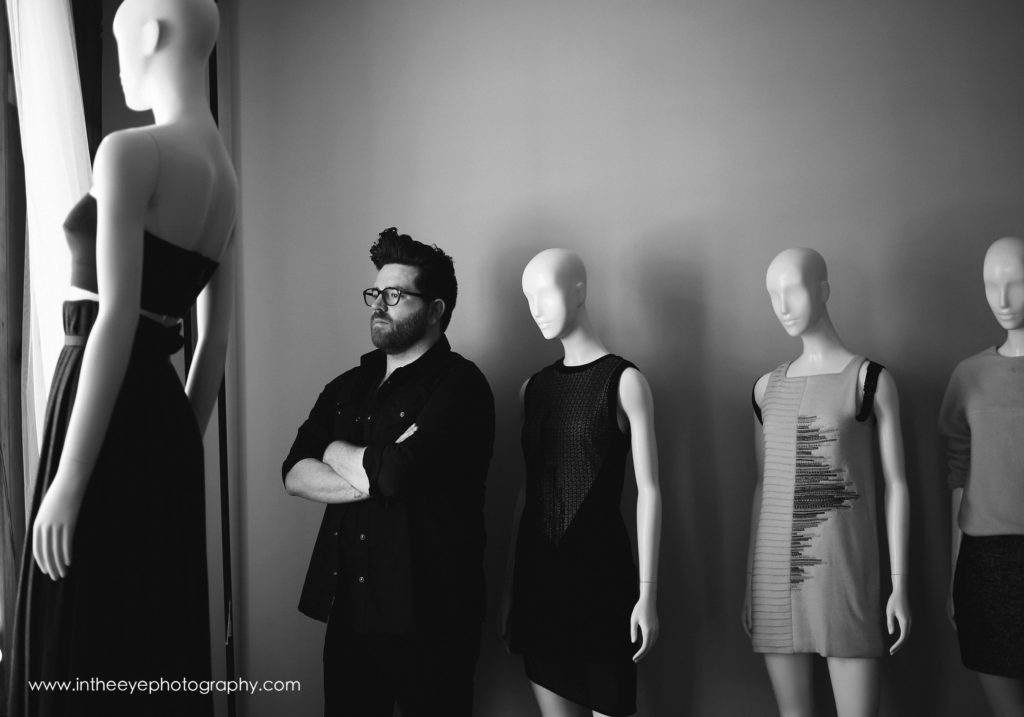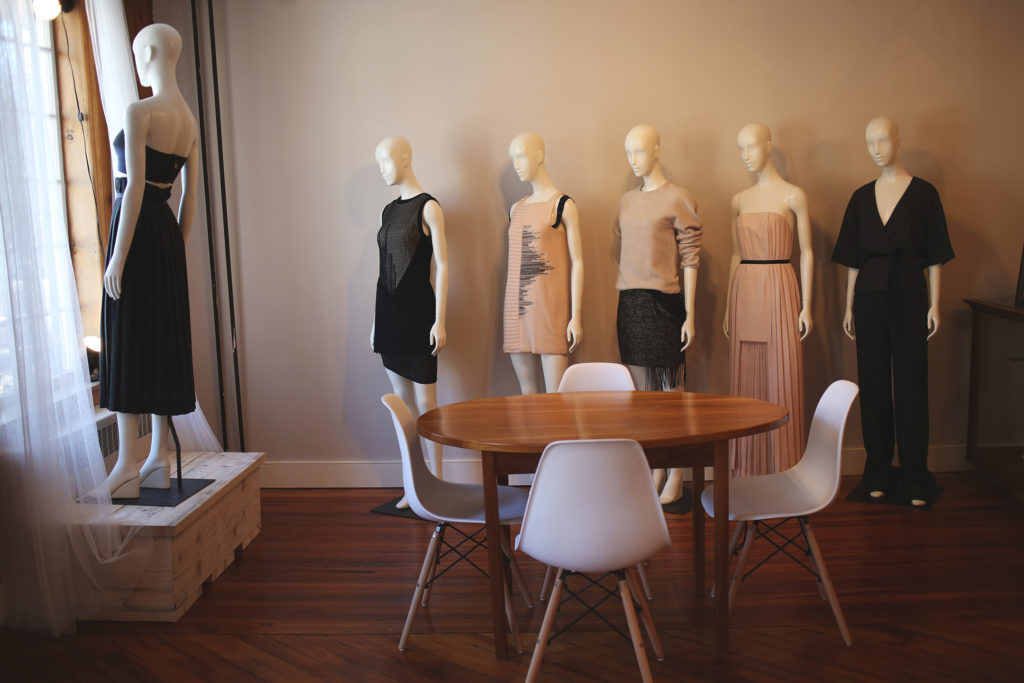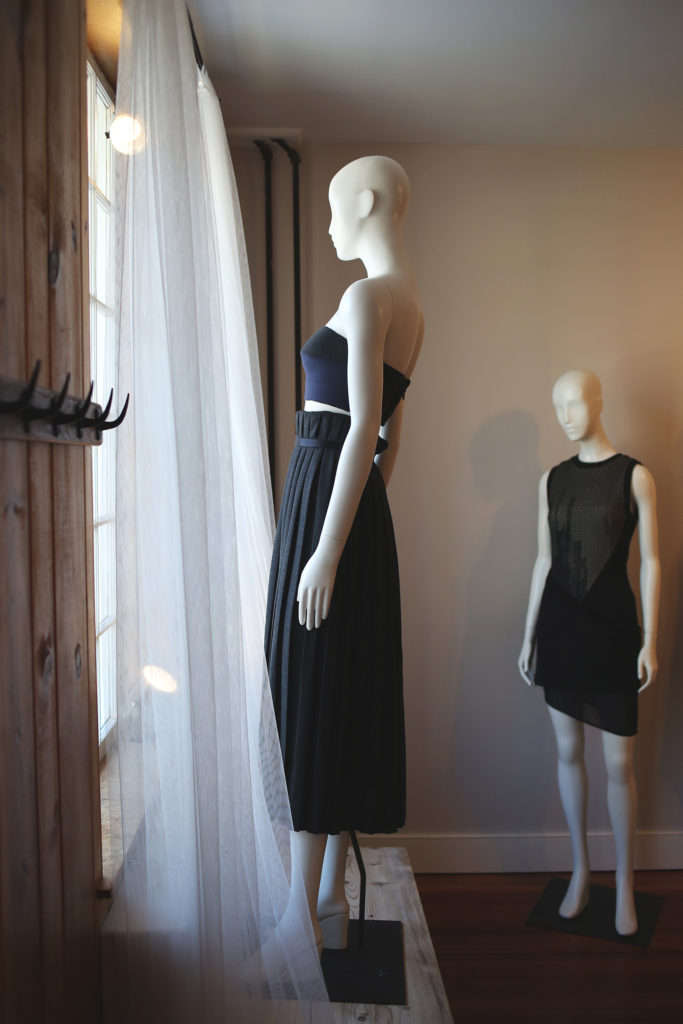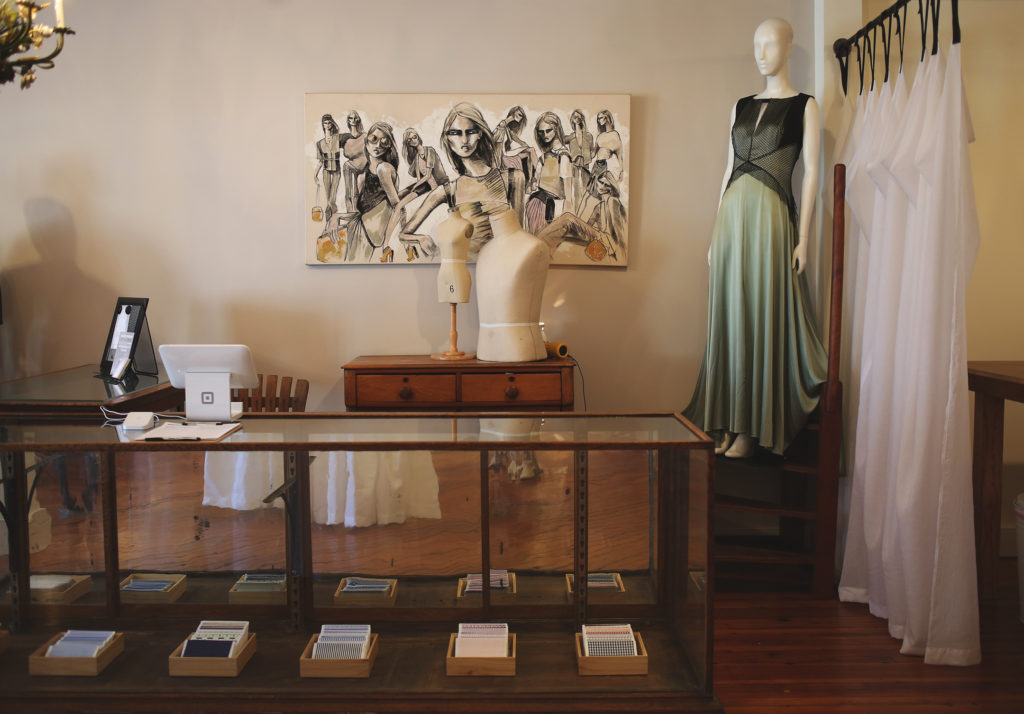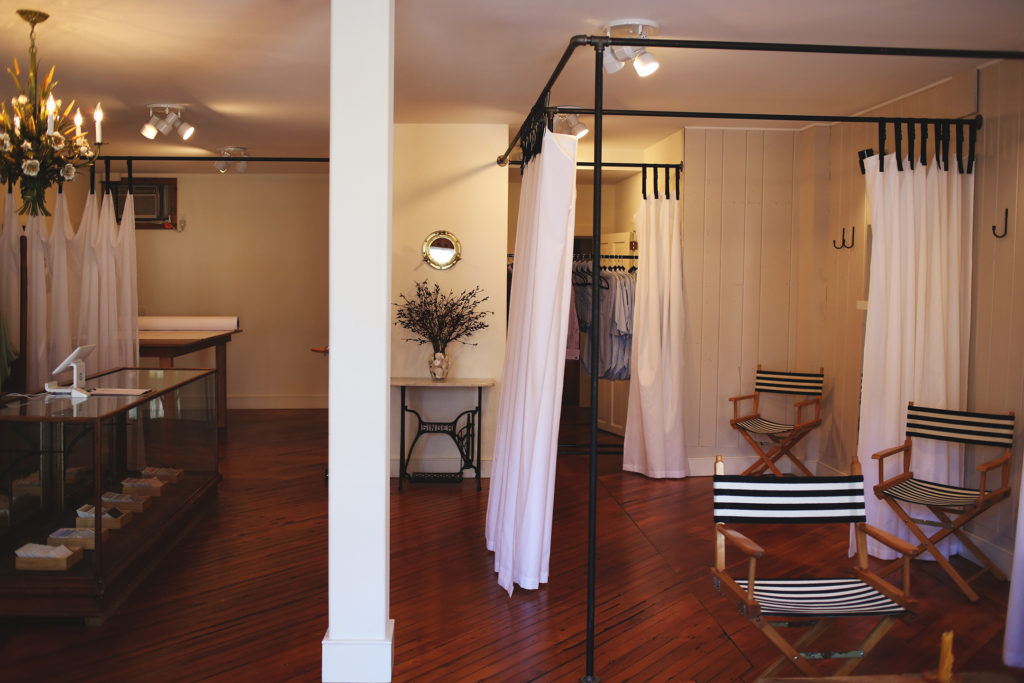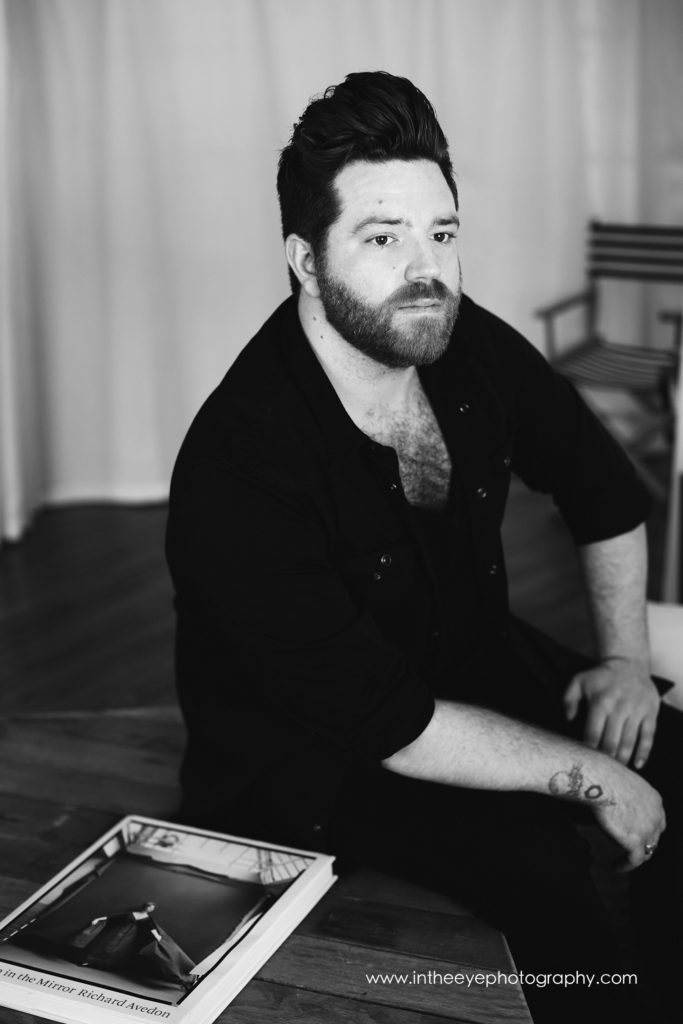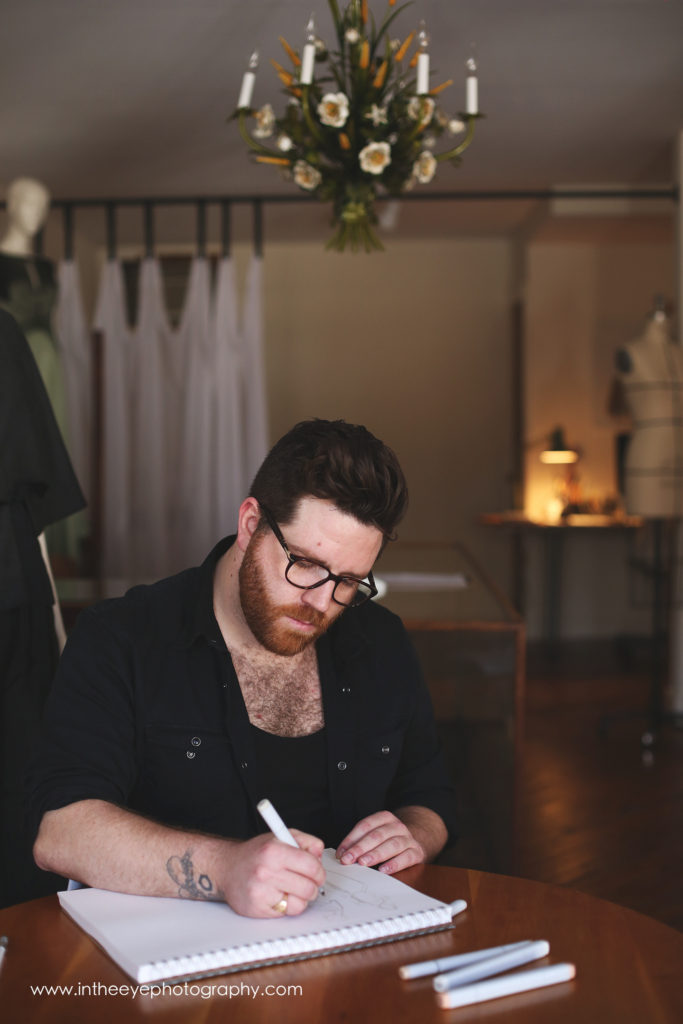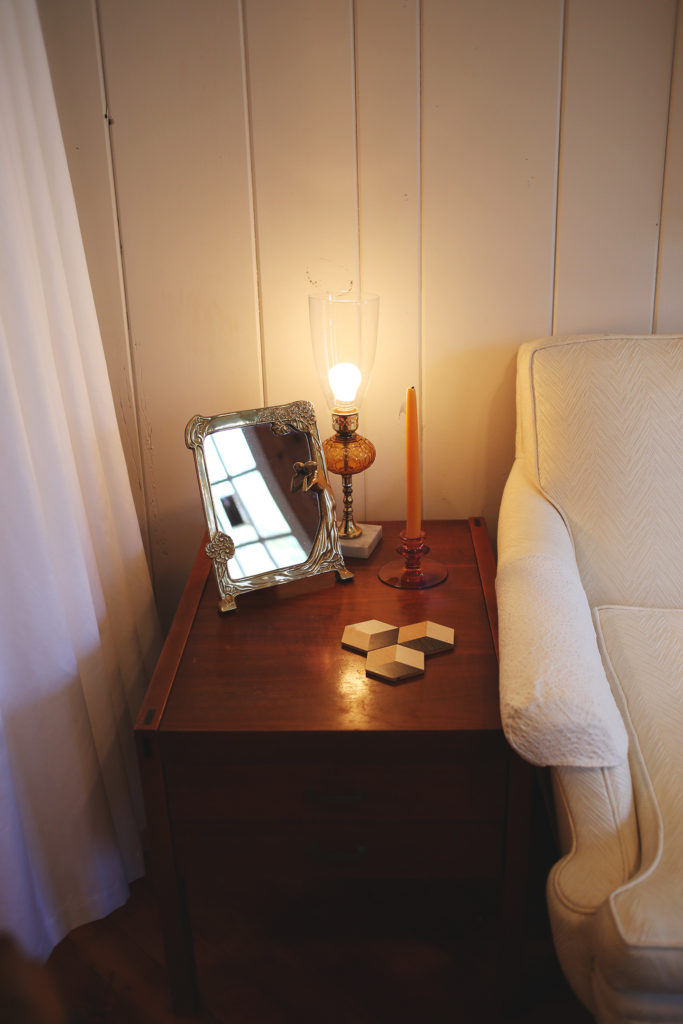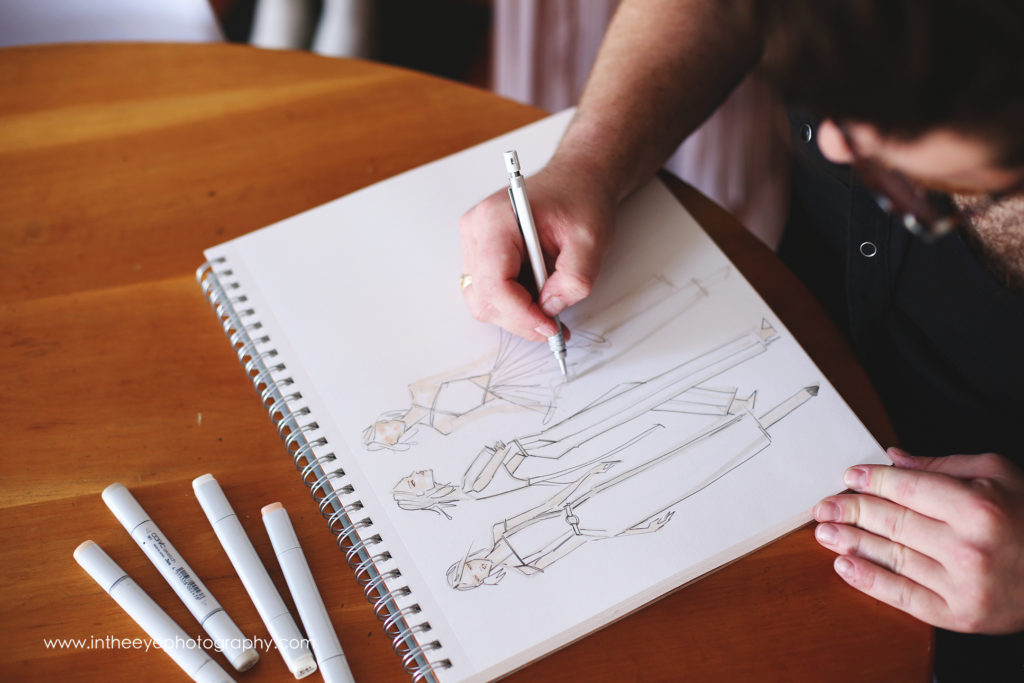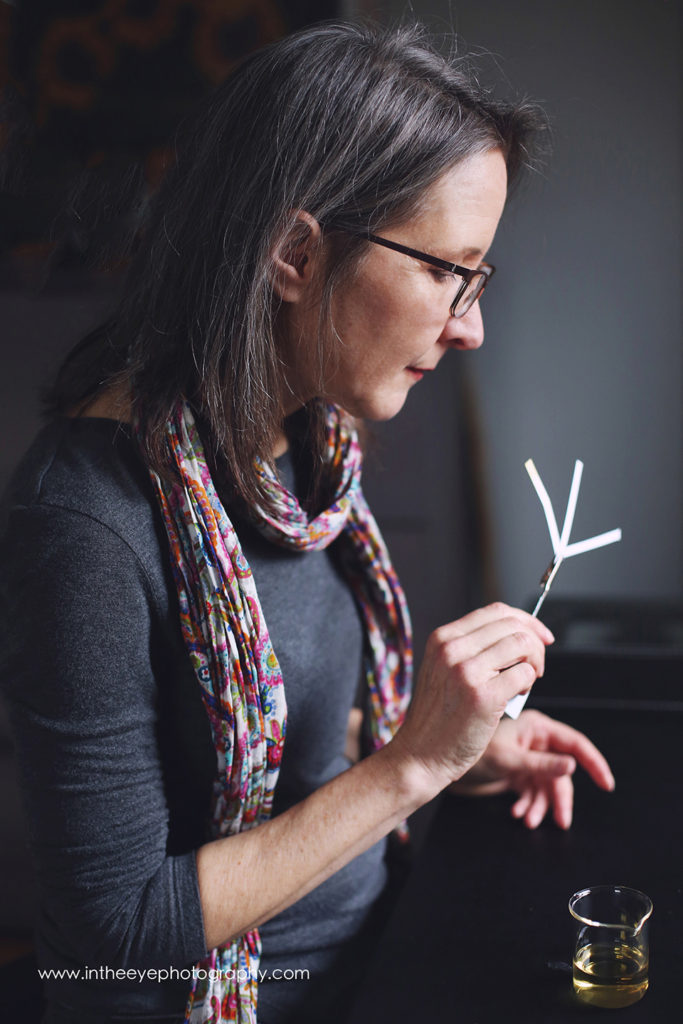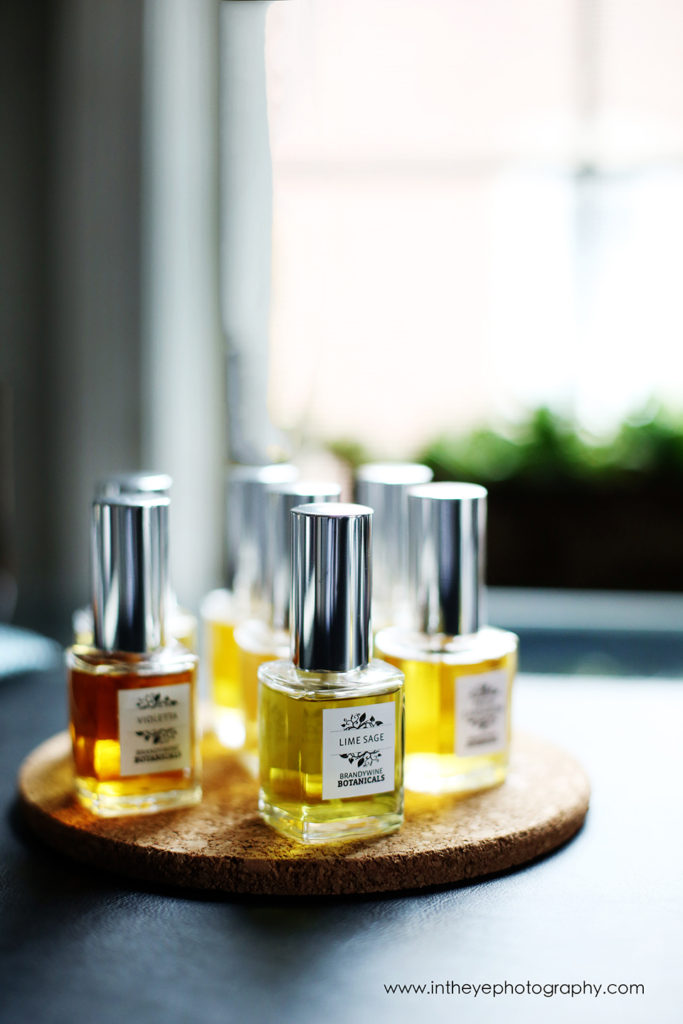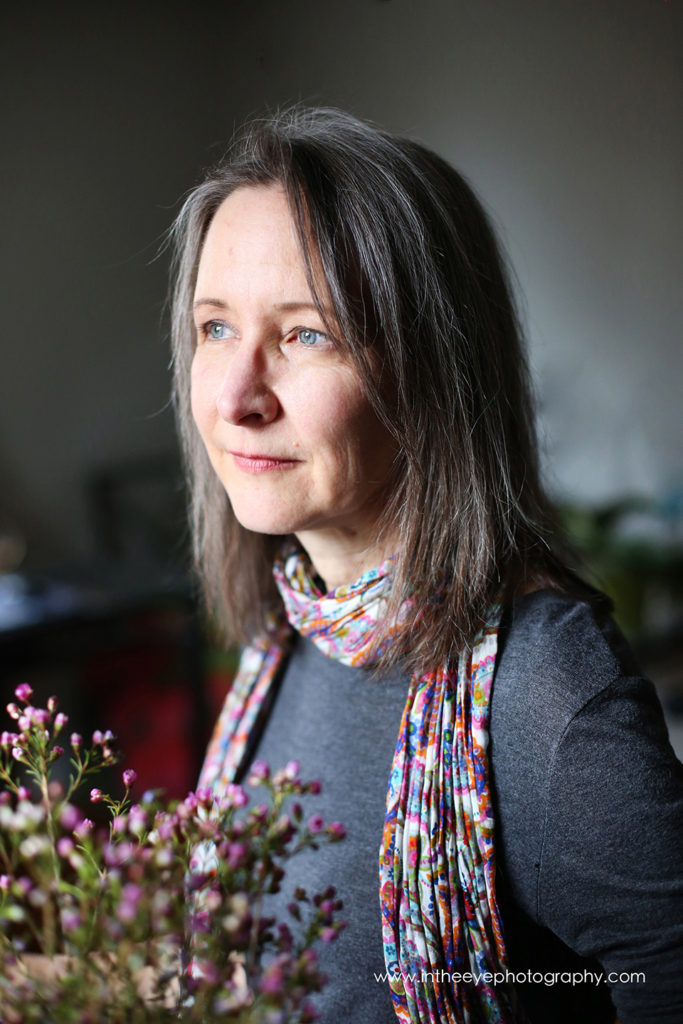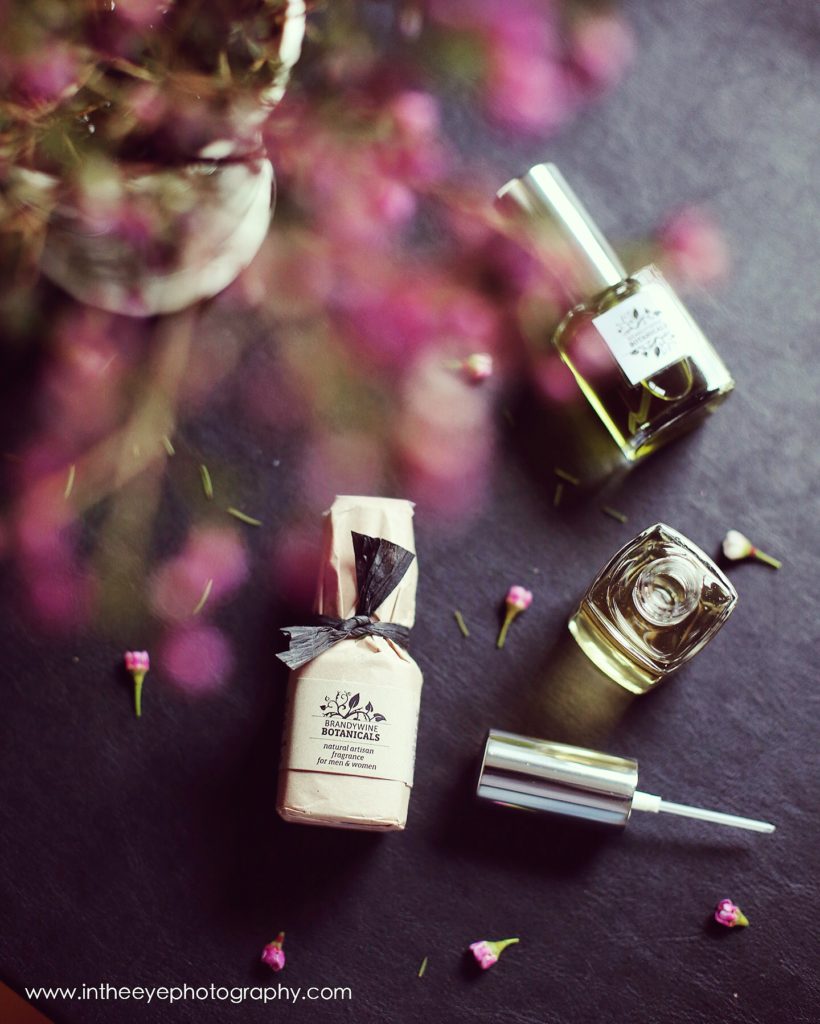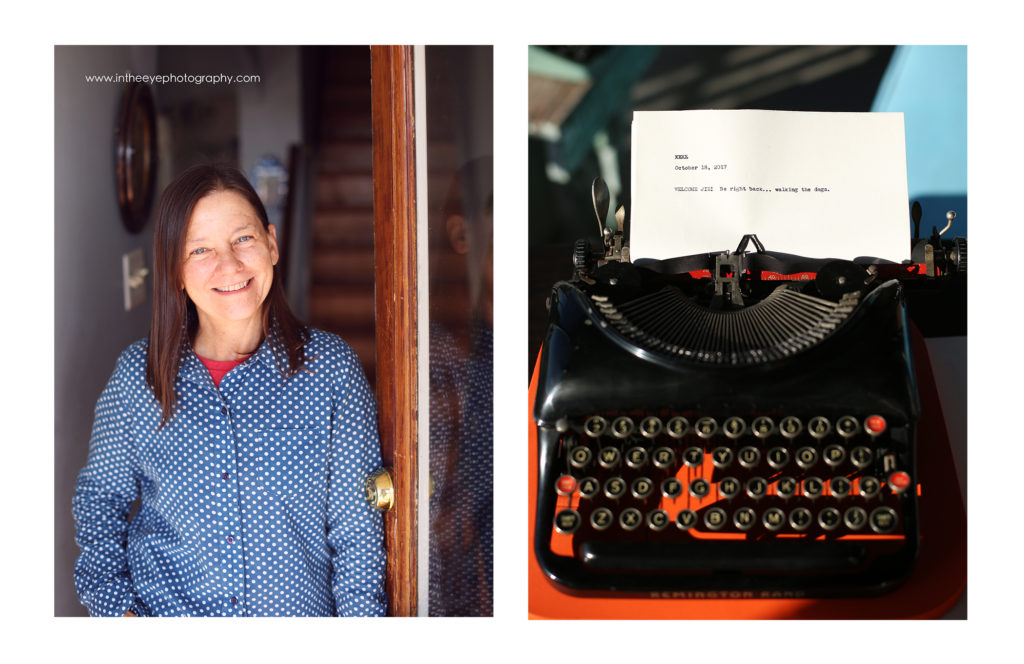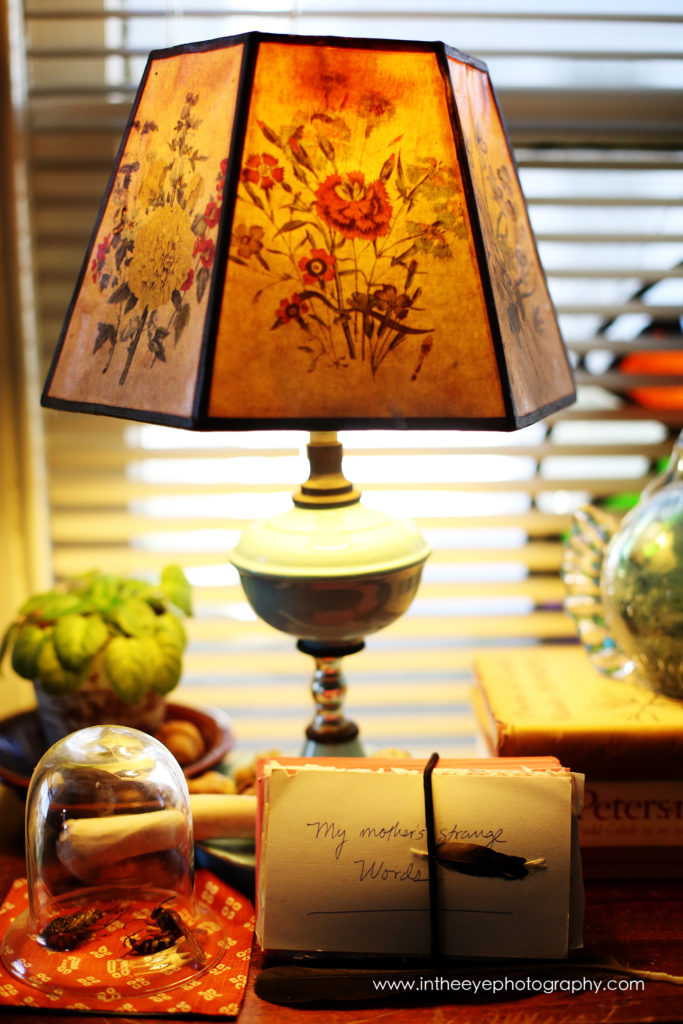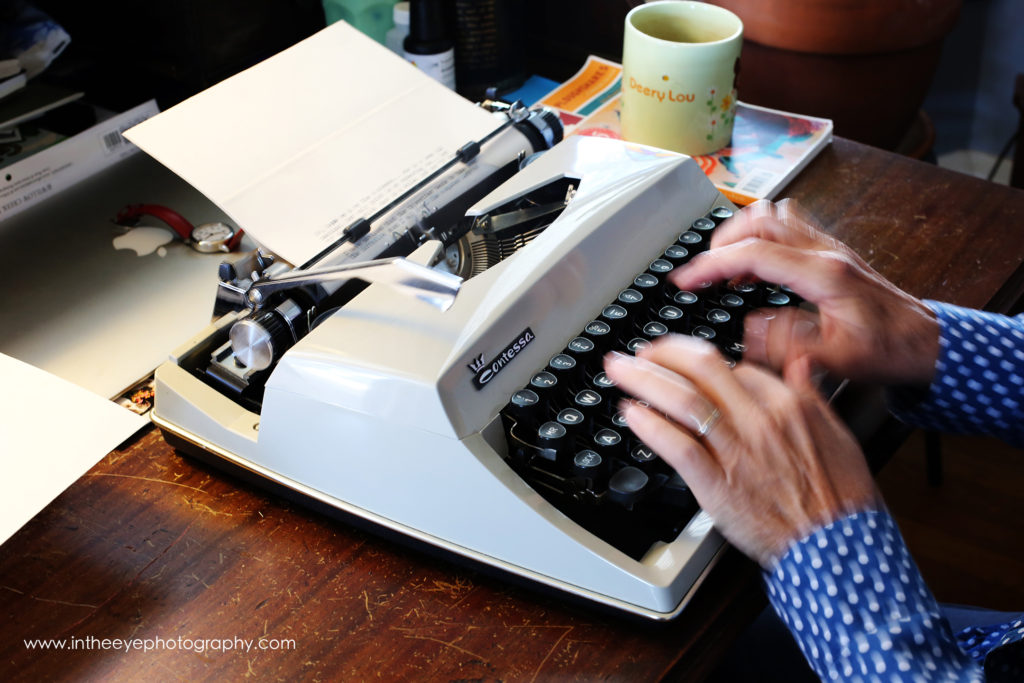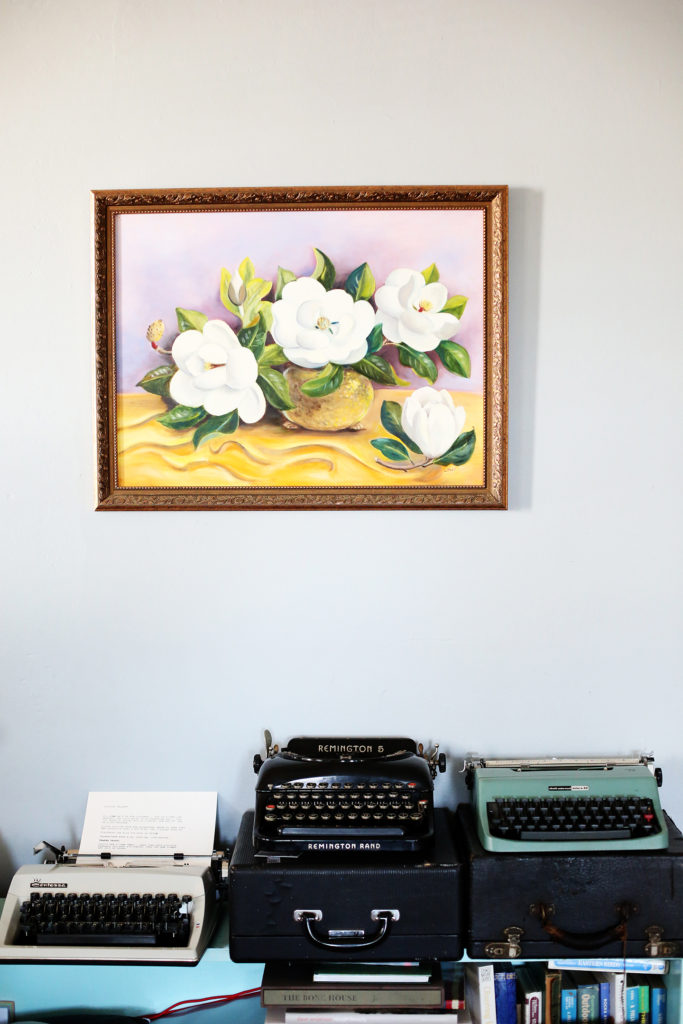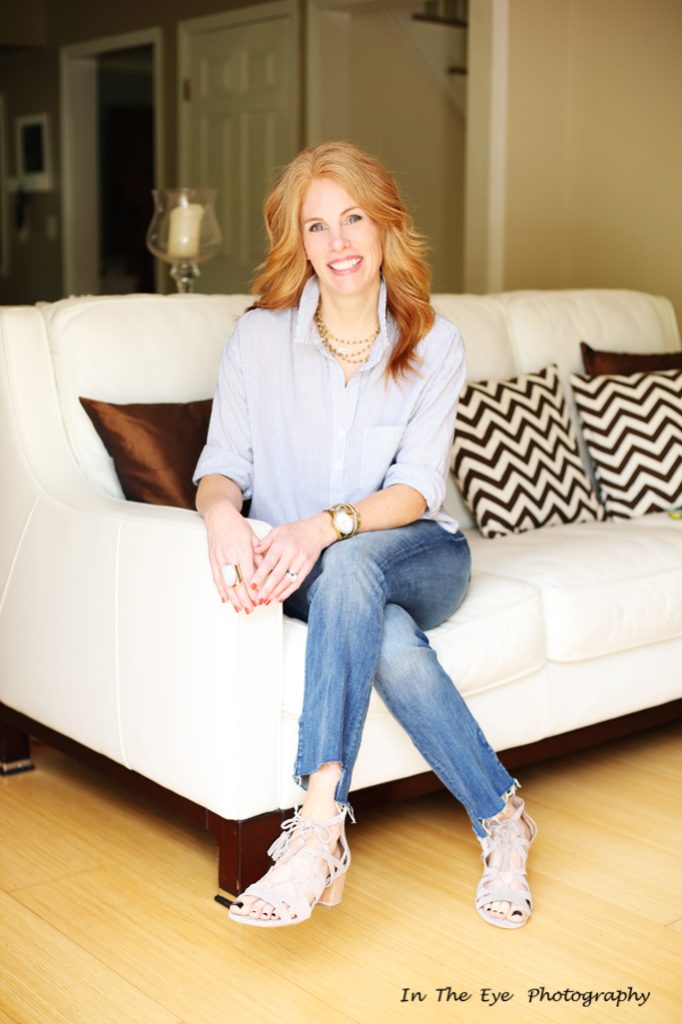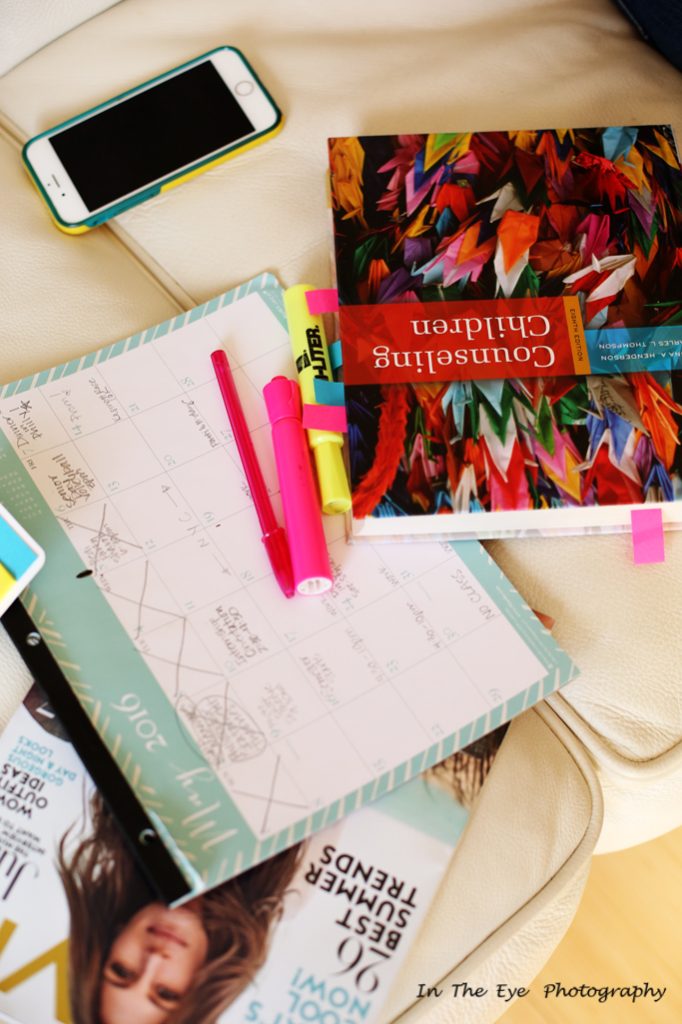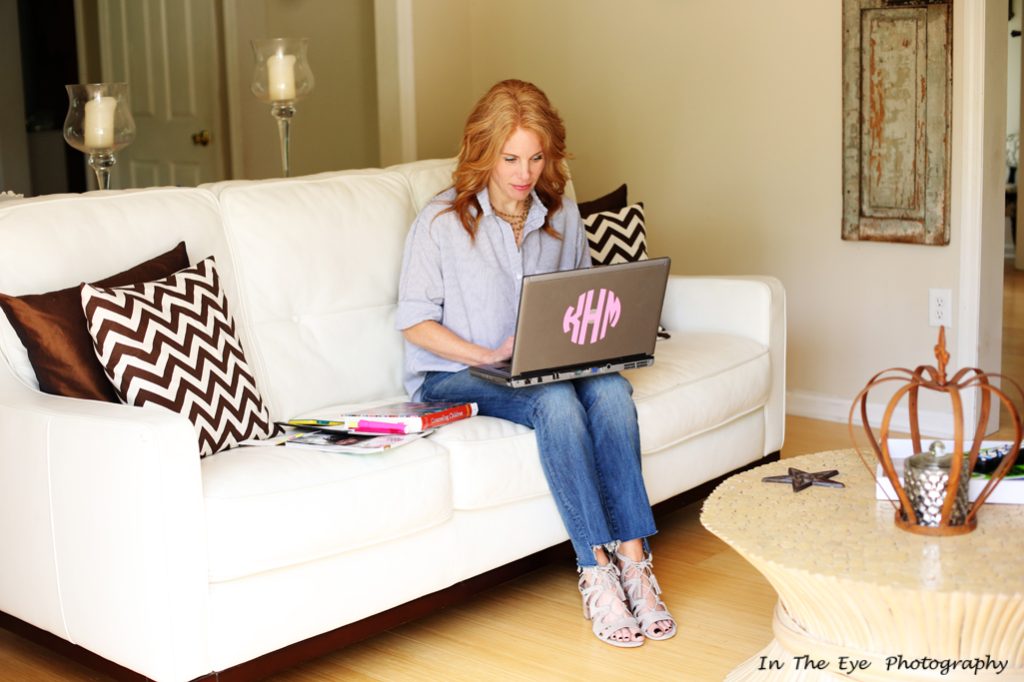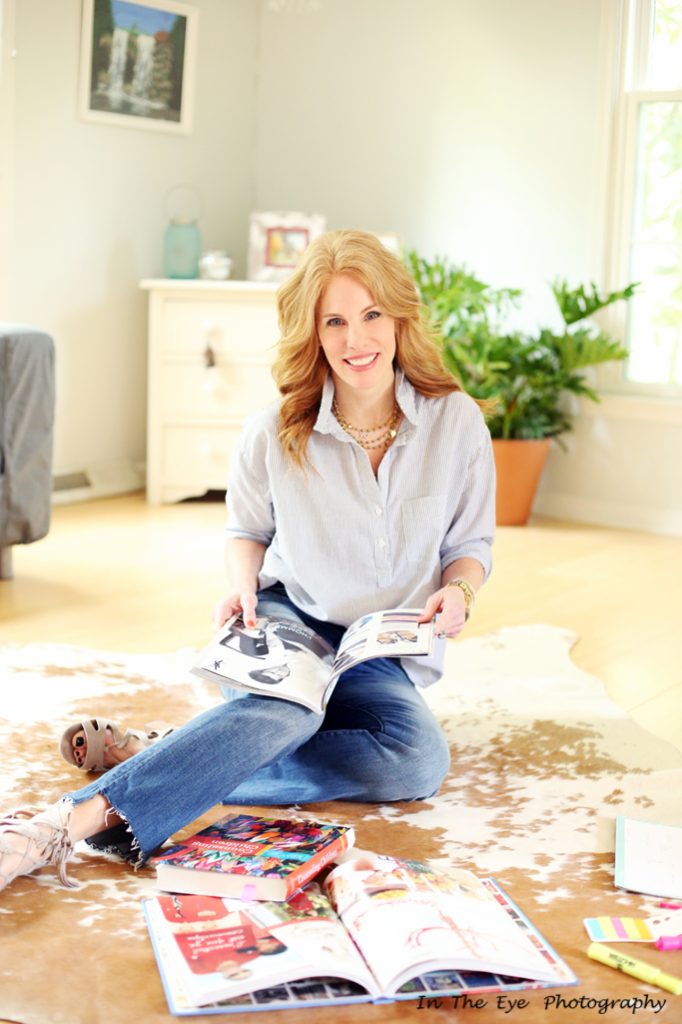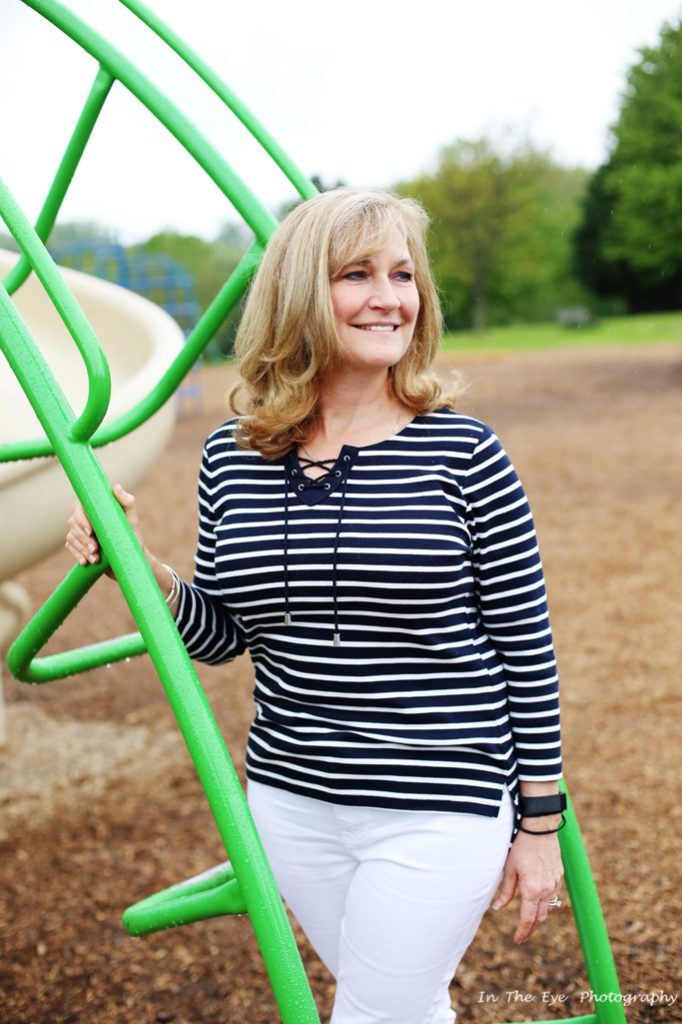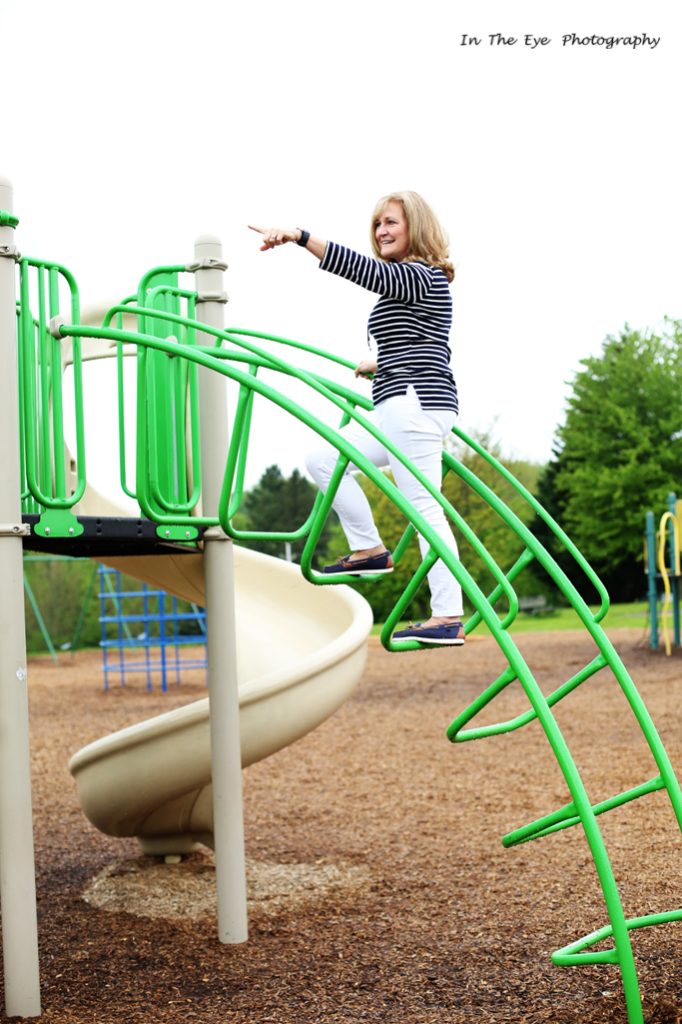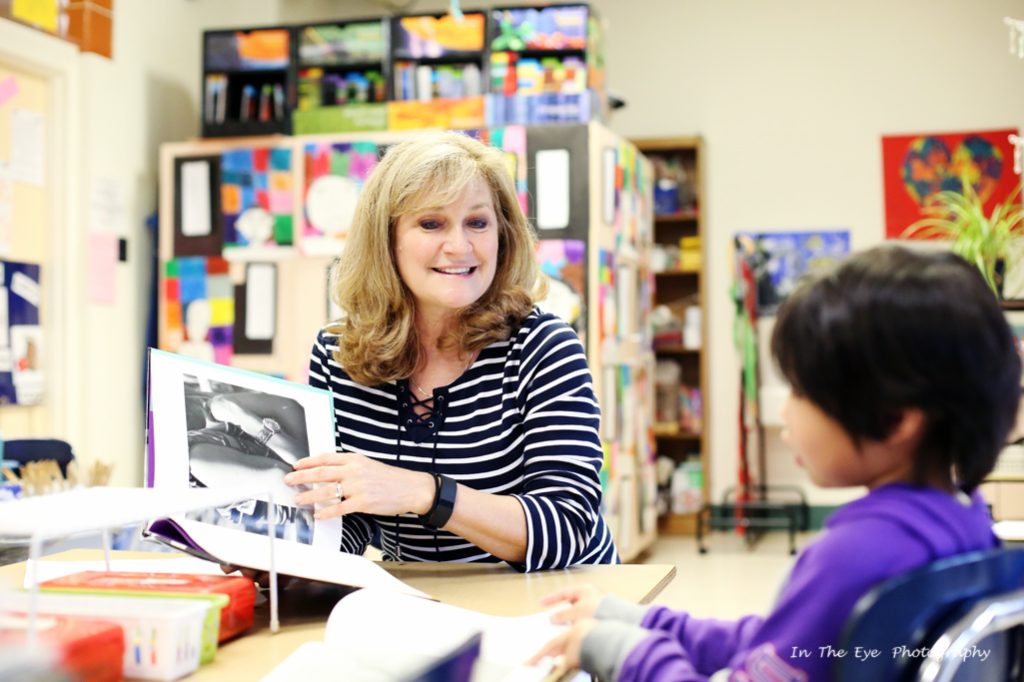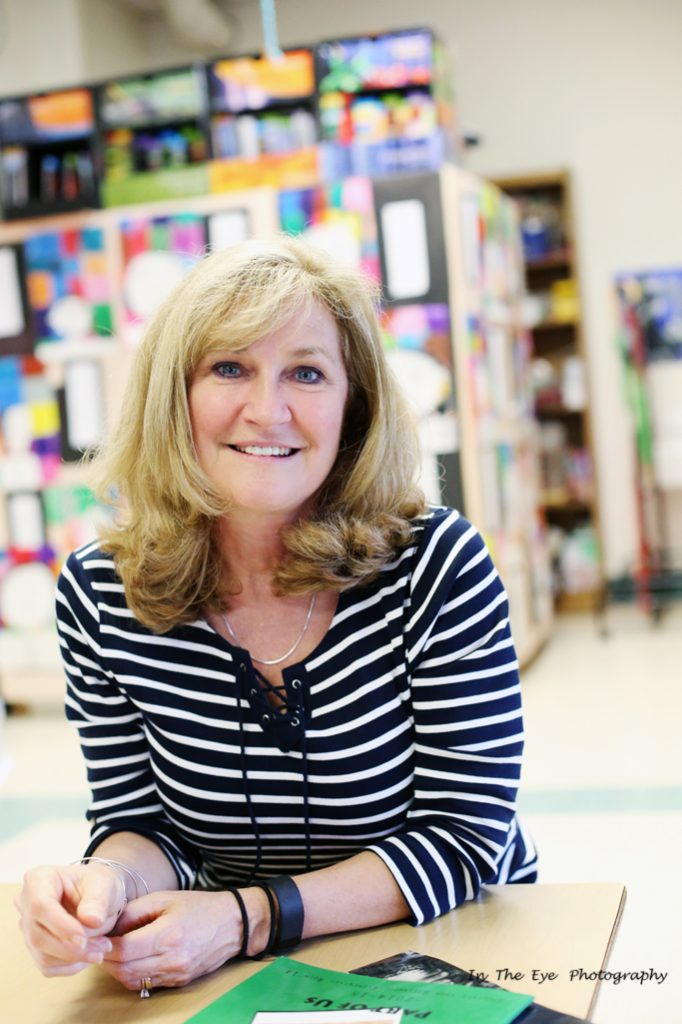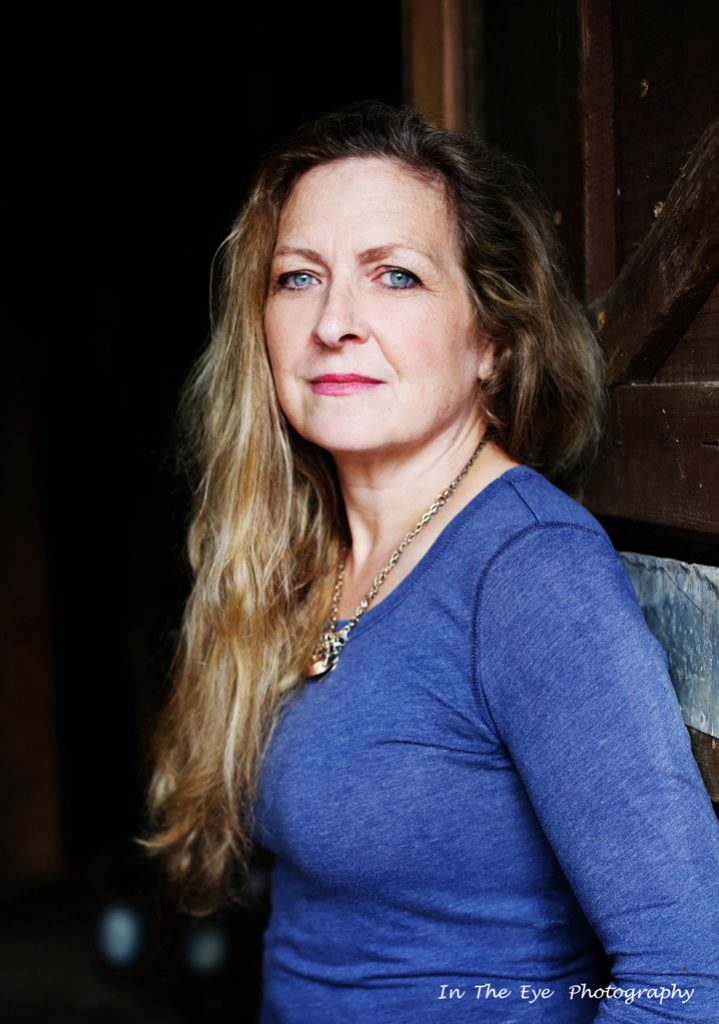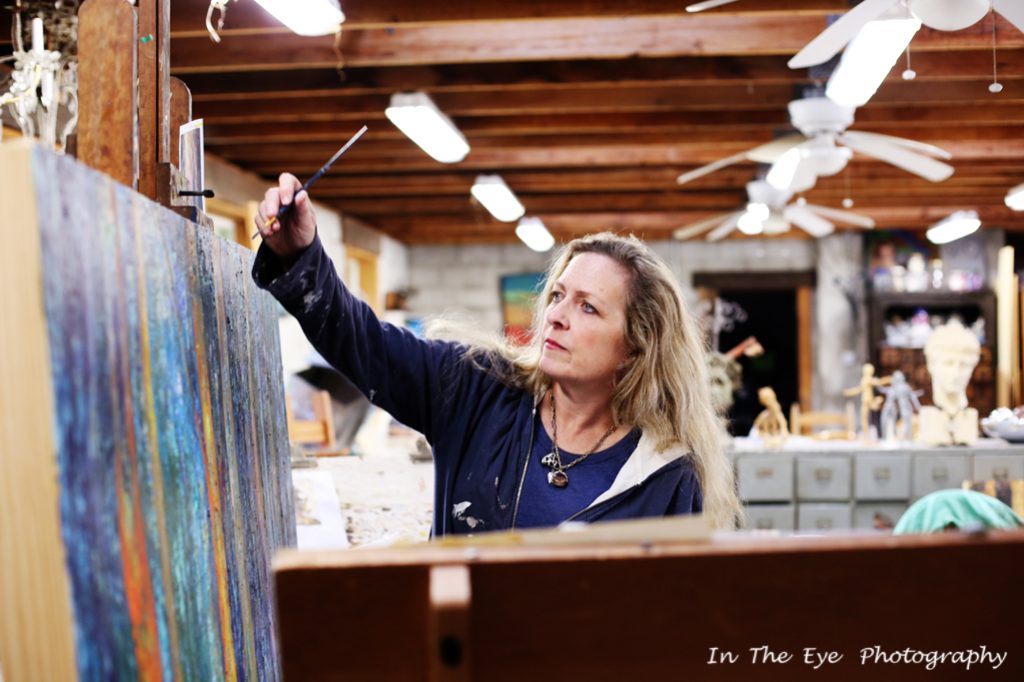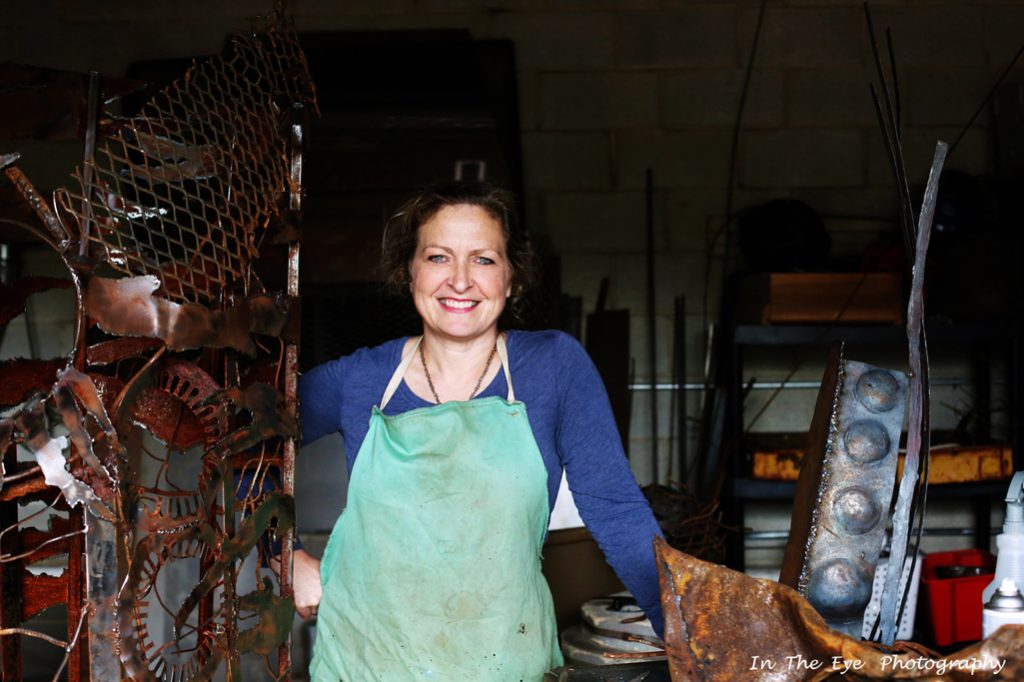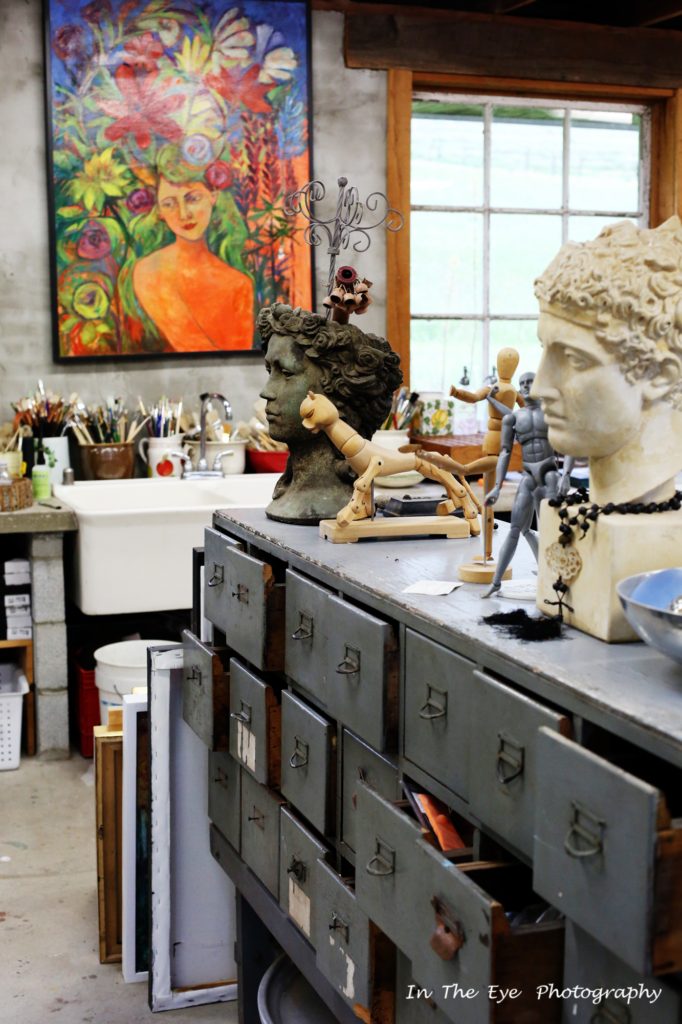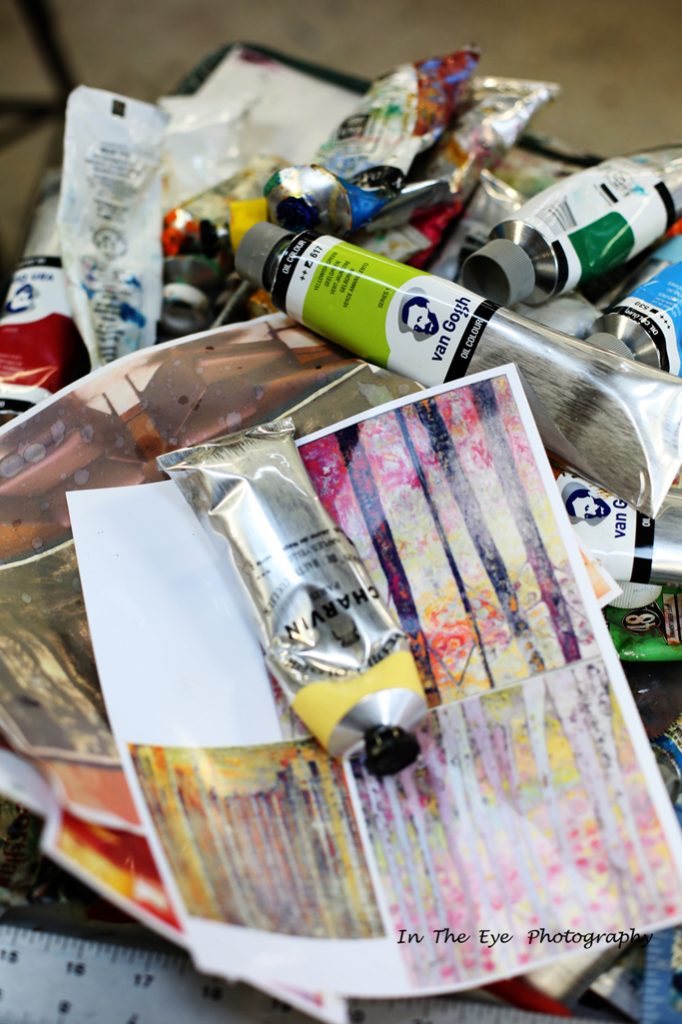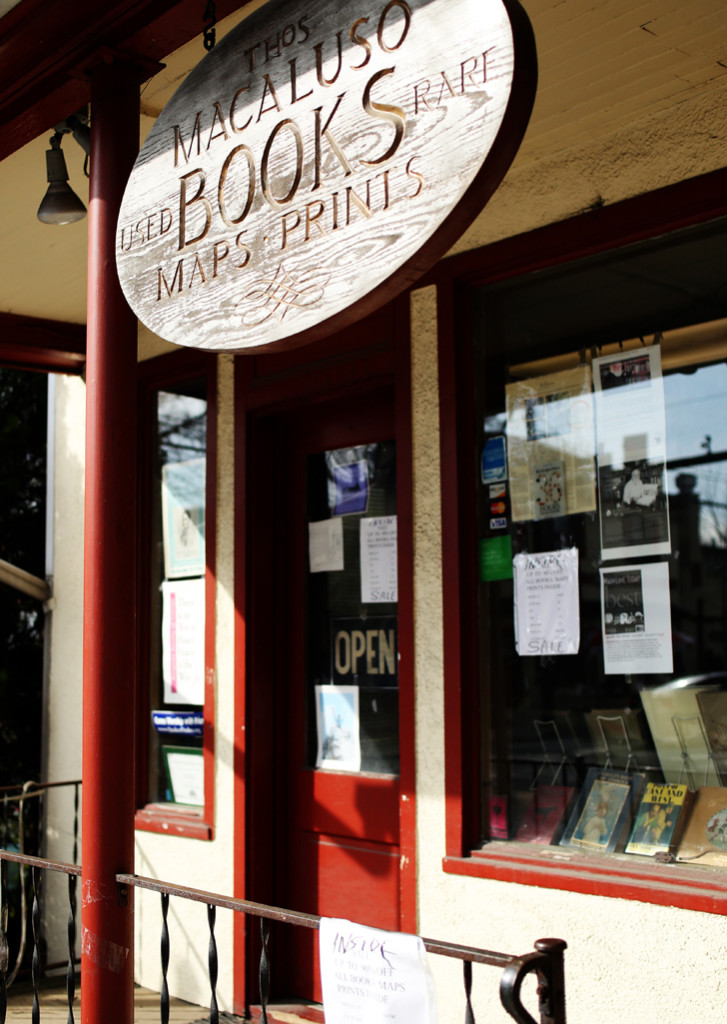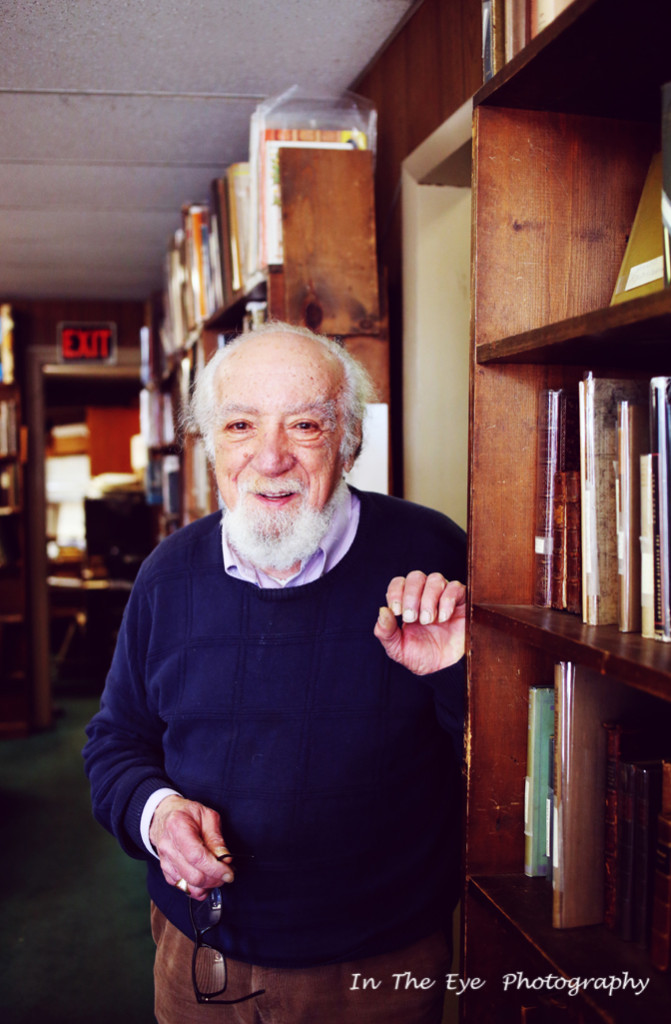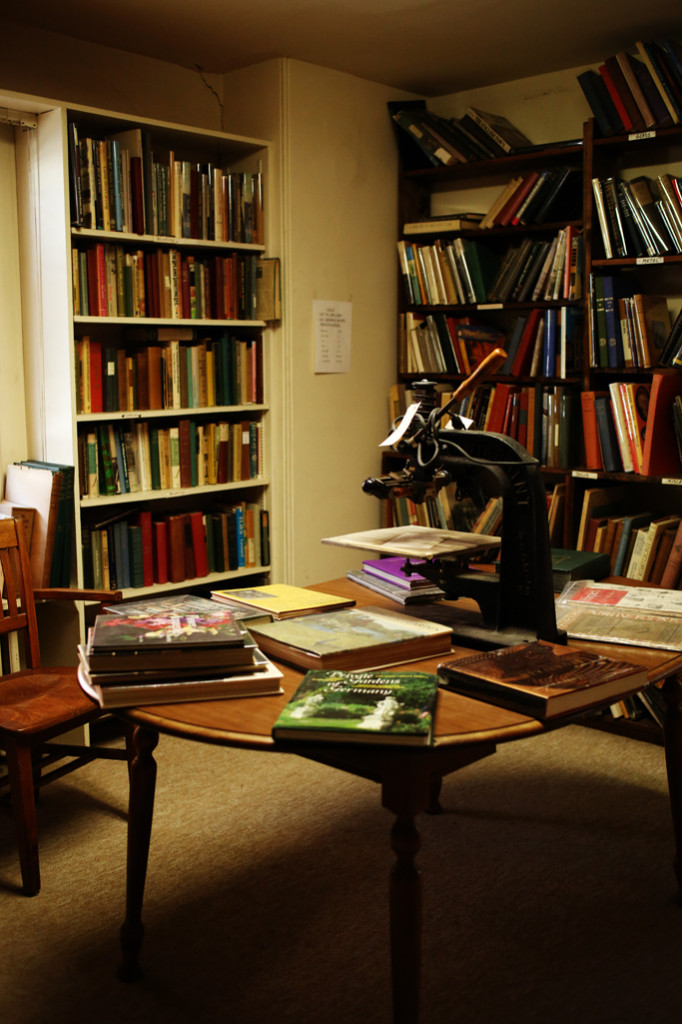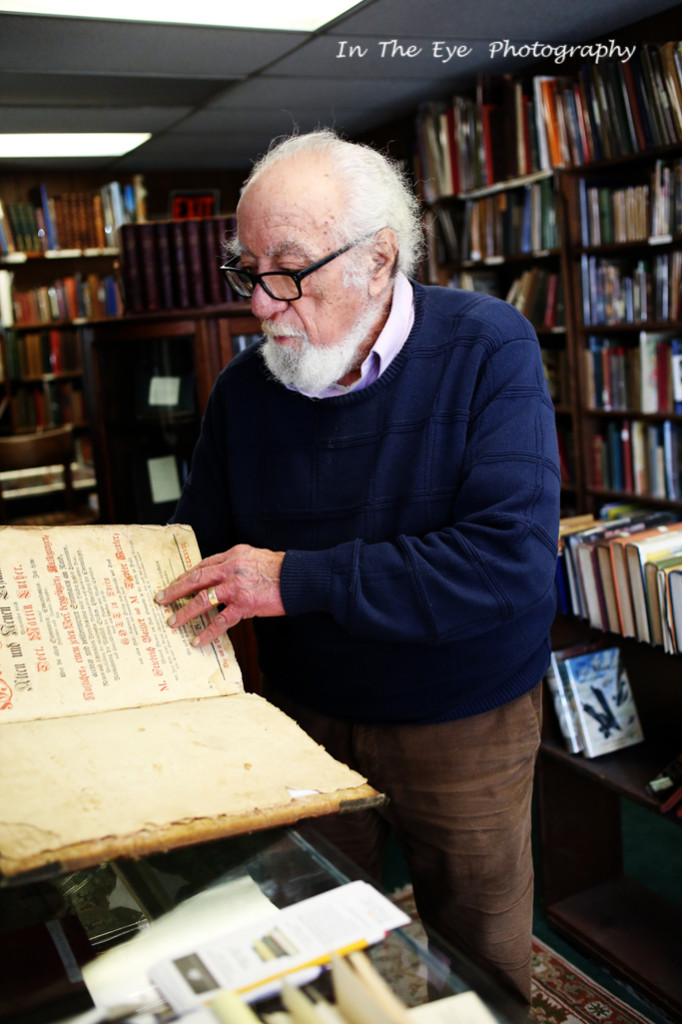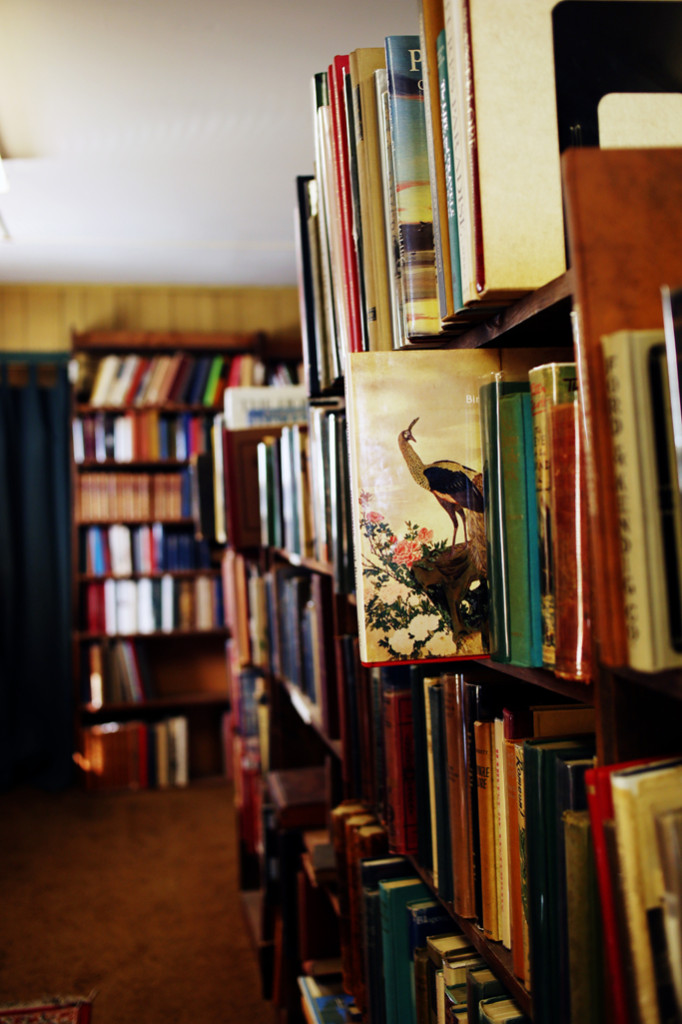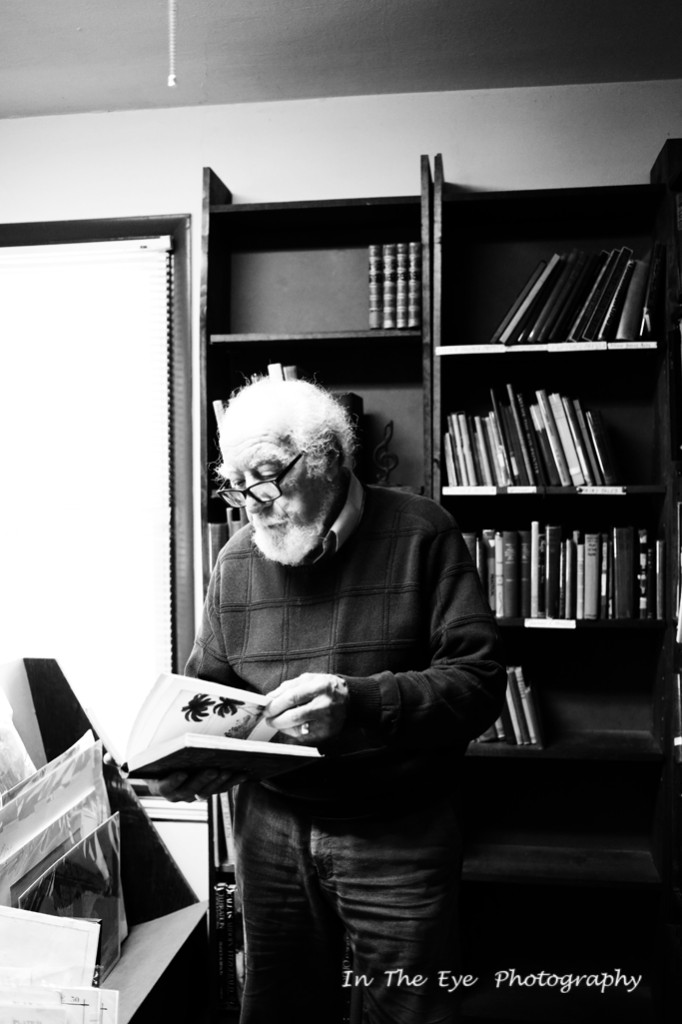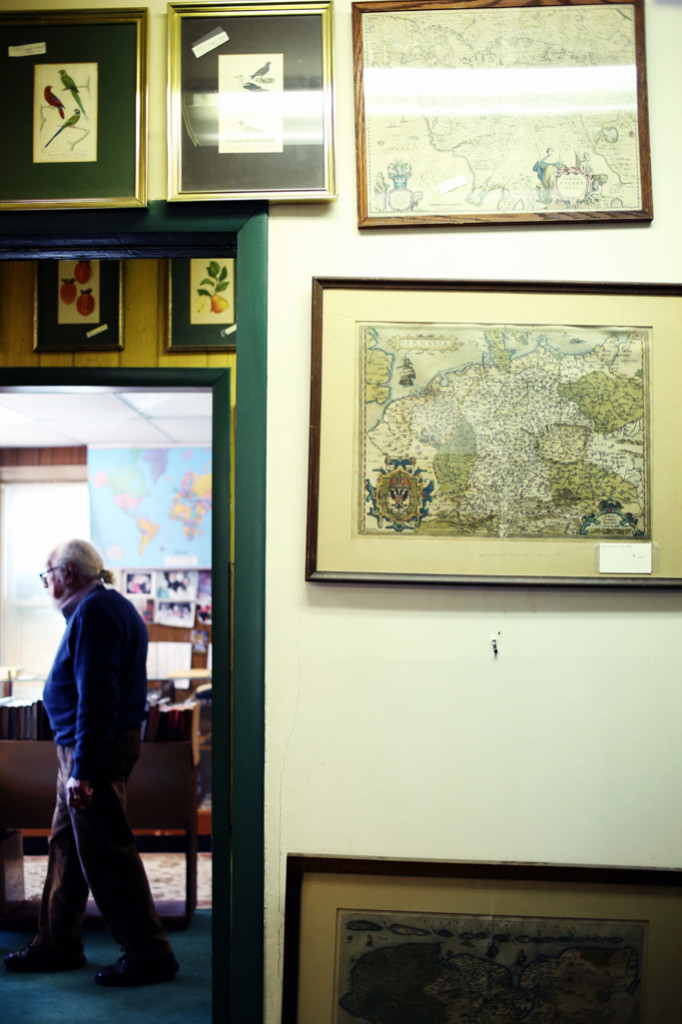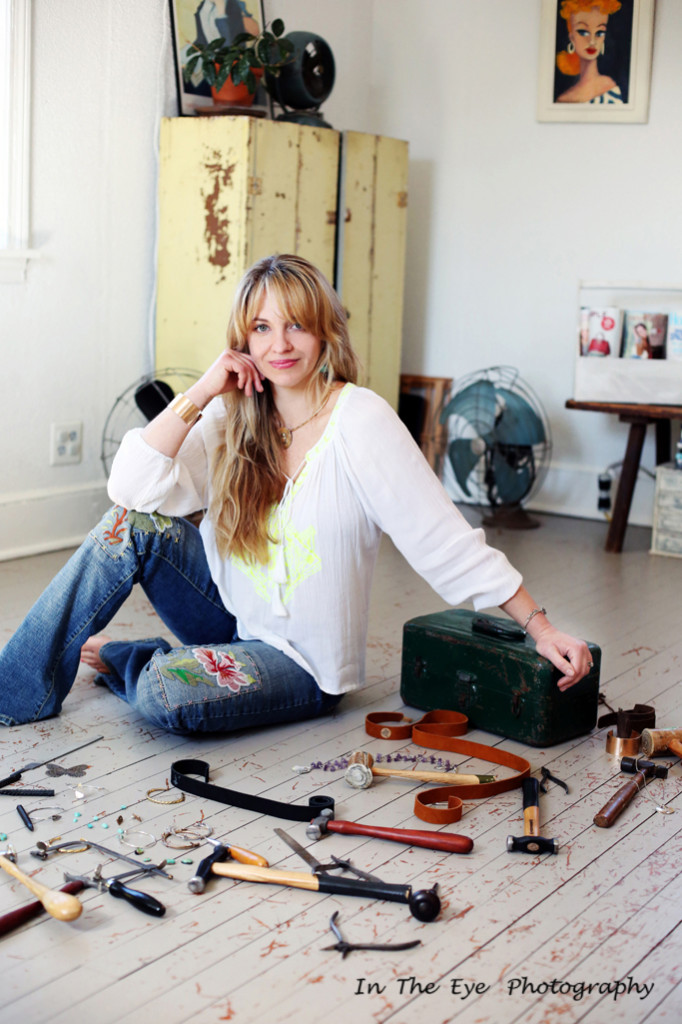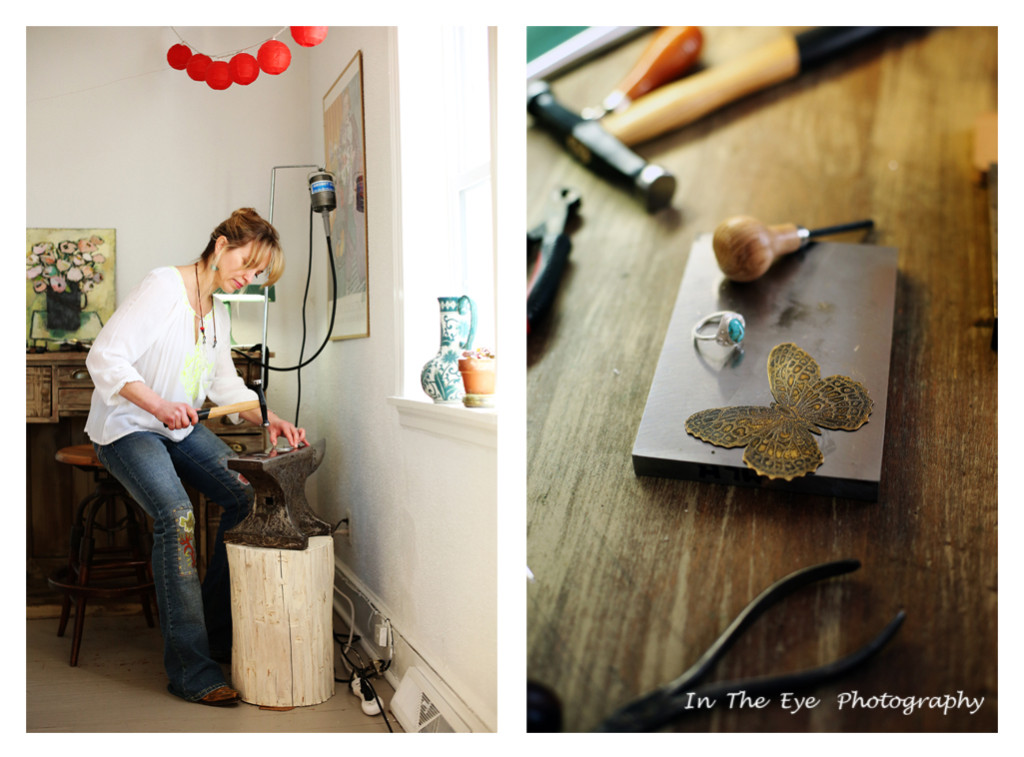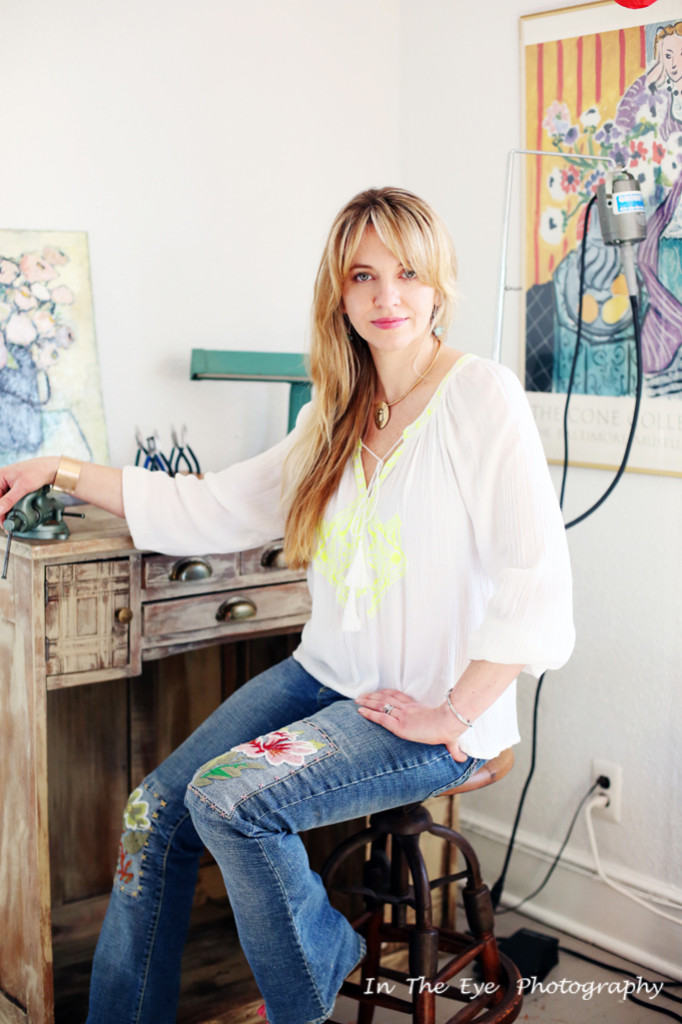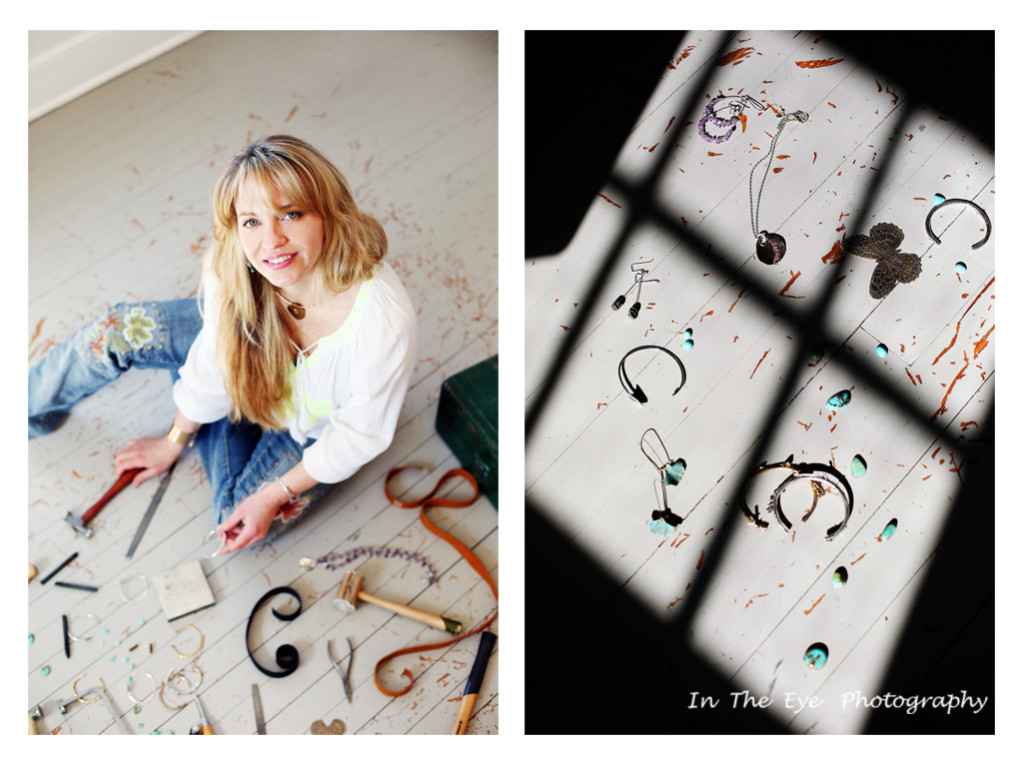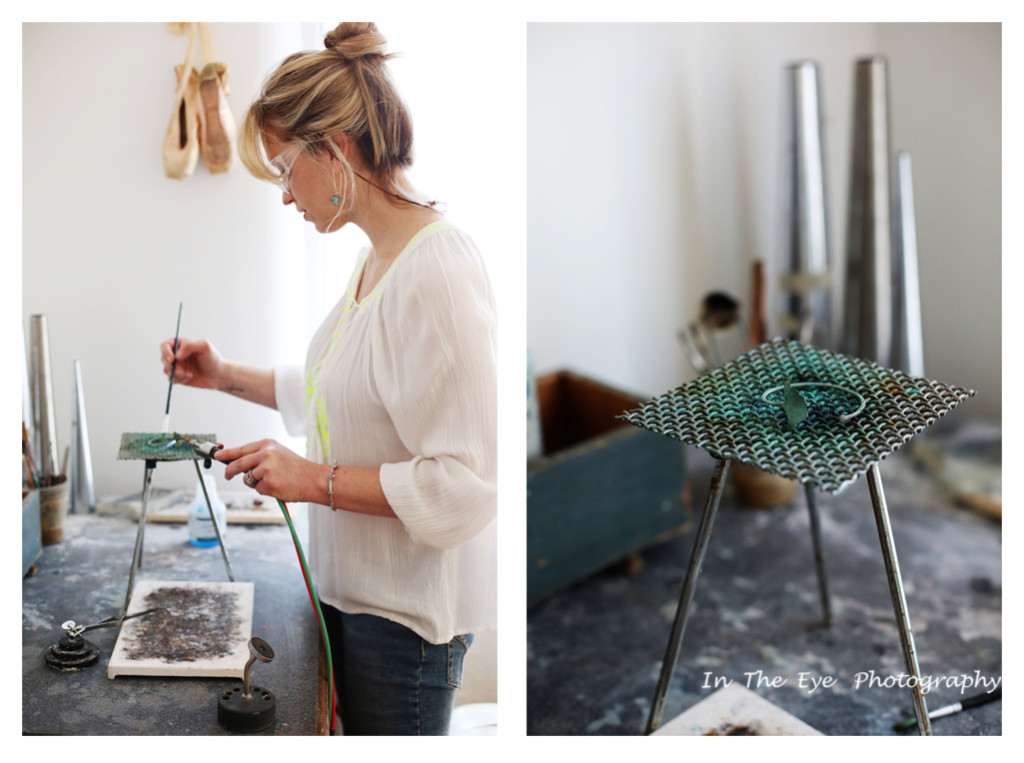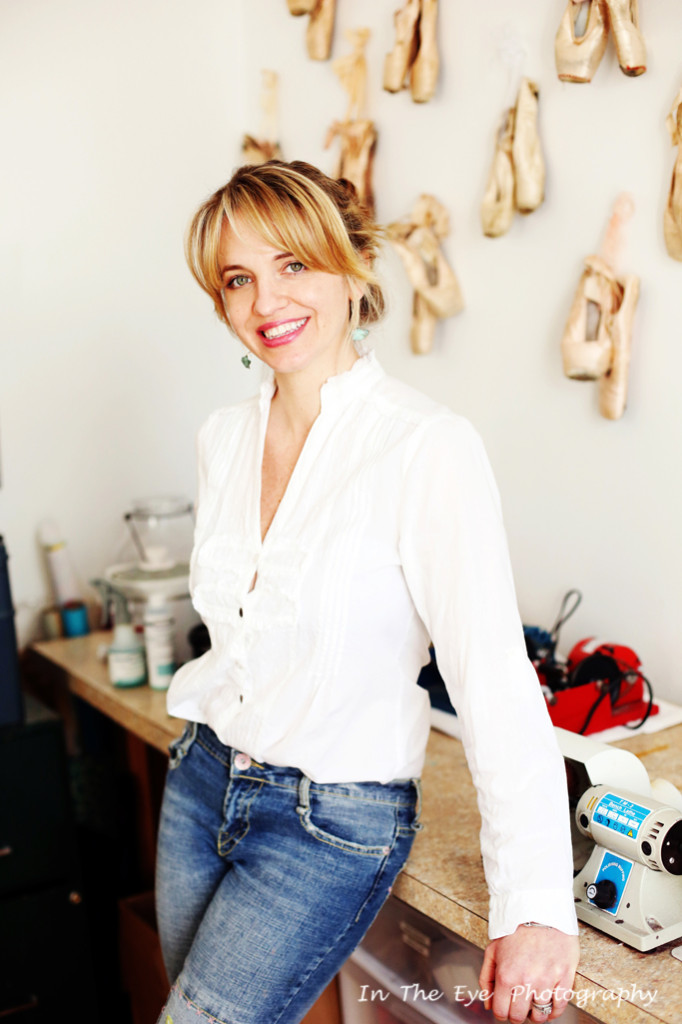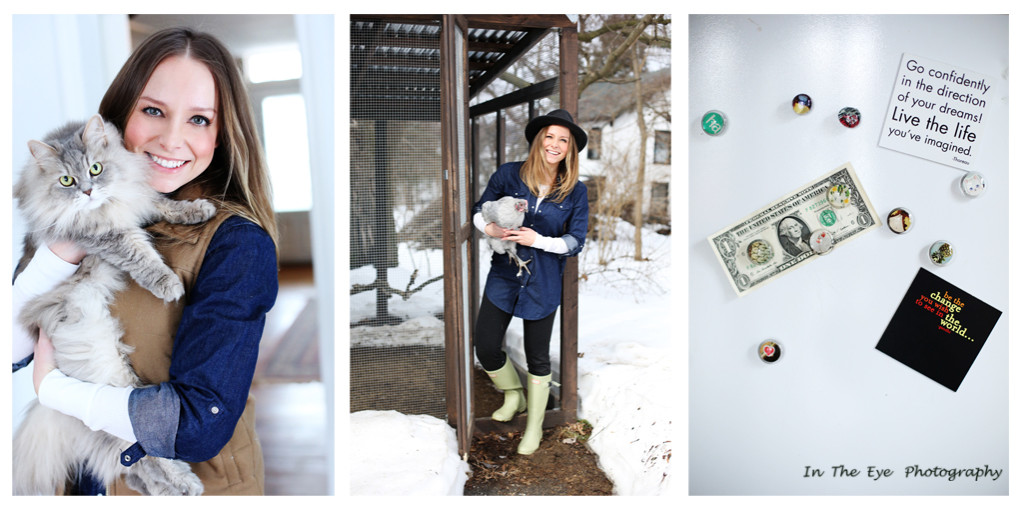Meet Lauren, she is a Traditional Western Herbalist and founder of Areté herbs. I visited her lovely studio the other day. I really like her natural and healthy life style.
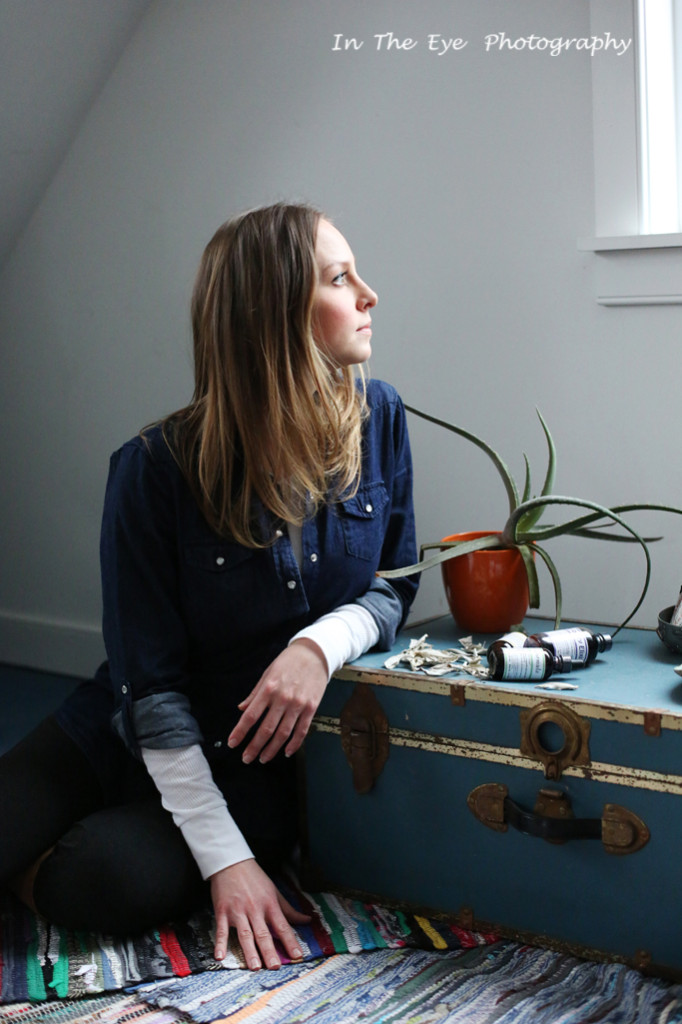
Where does the name Areté come from and what does it mean?
Areté is a Greek word that means “excellence of any kind.” Areté describes the act of living up to one’s fullest potential, finding total fulfillment, and reaching the highest level of health and harmony for our mind, body, and spirit. Areté is a Stoic Philosophy term and I thought it embodied exactly what I was going for.
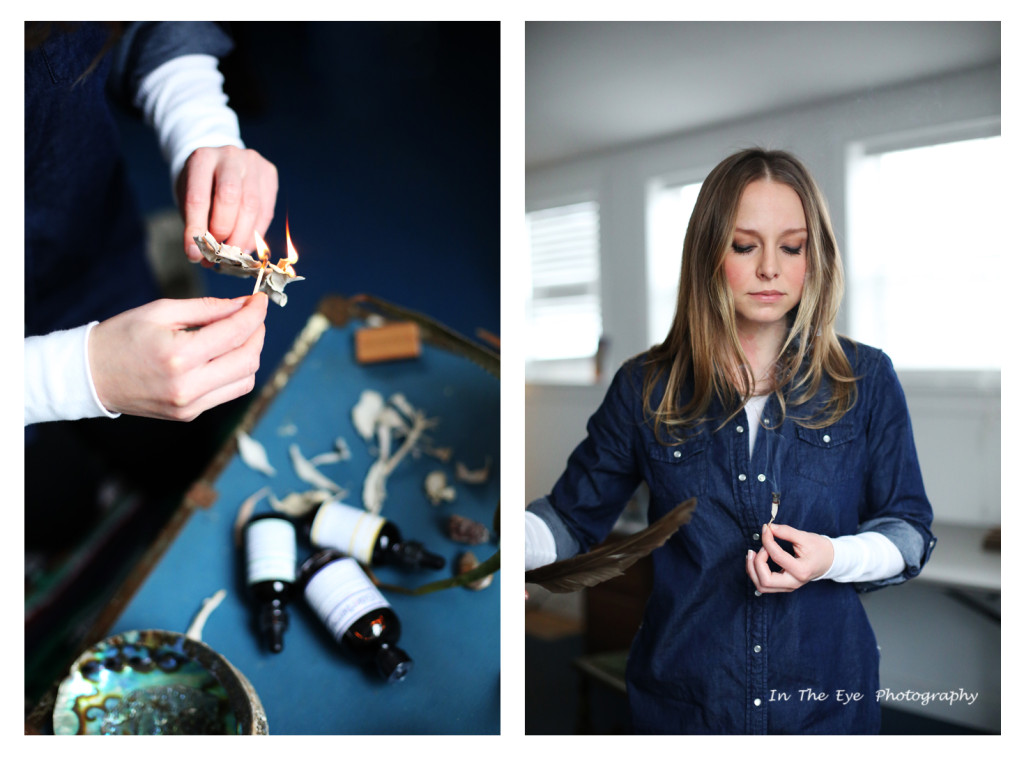
What did you do before you started Areté Herbs?
I was in school for most of my life up until the launch of my business! I am what they would call a
“professional student.” I love to learn and went from undergraduate school to graduate school to my
intensive herbalist training program, back to back.
I hold a Bachelor of Science Degree in Exercise Science and Nutrition, and a Master of Public Health
(MPH) Degree concentrating in Integrative Health. In addition, I am certified as an Integrative Health
Coach, and a certified Herbalist. I am also certified through the American College of Sports Medicine as
an Exercise Physiologist (ACSM‐EP), and through the National Commission for Health Education
Credentialing as a Certified Health Education Specialist (CHES).
I have been employed as a Health Coach for The Chester County Hospital near Philadelphia,
Pennsylvania, and as an Exercise Physiologist for the Dr. Dean Ornish Program for Reversing Heart
Disease at Jefferson Regional Medical Center located near Pittsburgh, Pennsylvania.
I was also honored to be a guest speaker at the 2010 annual meeting of the Pennsylvania Public Health
Association (PPHA) held in Philadelphia, Pennsylvania. I presented a lecture entitled, “The Integrative
Health Coach: A New Advocate for Health Promotion.”
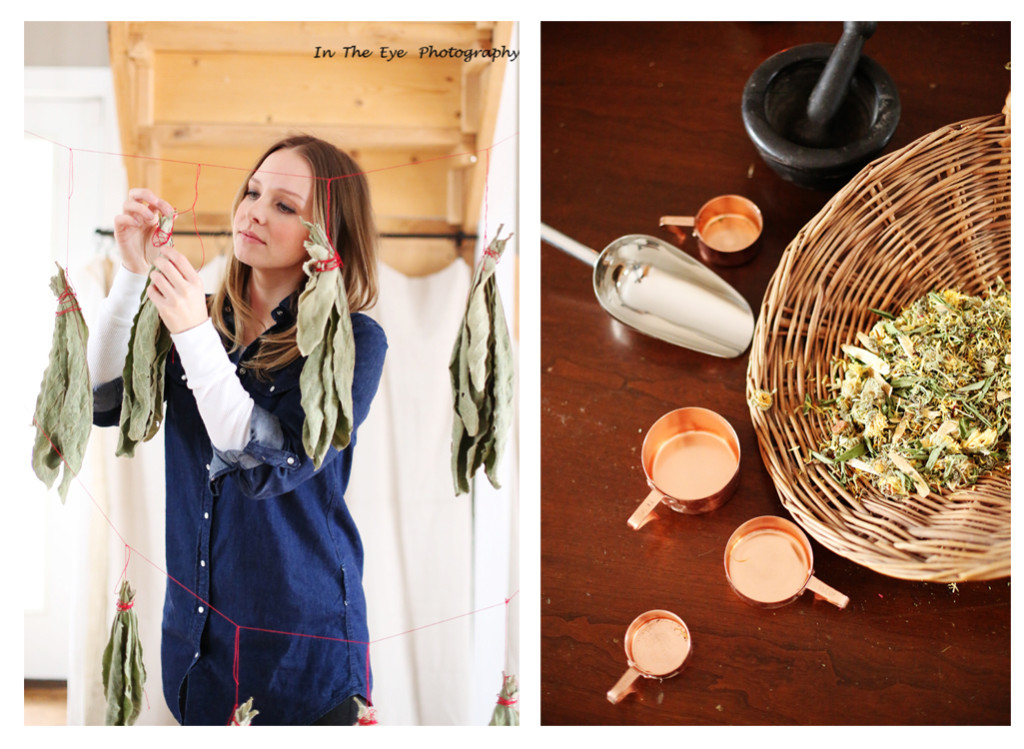
Why and how did you start Areté Herbs?
My passion for plants, healing, and nature arose after several years of studying wellness, health and
fitness. Despite my academic studies, I felt that a vital link was absent from the “complete” picture‐‐
there had to be more to health than just exercise and nutrition. Upon studying the ancient healing
tradition of botanical medicine, I had found the piece that was missing.
Our health is deeply connected to nature. Living in harmony with the natural rhythms of the Earth and
reconnecting with our inner wisdom is the essence of living a fulfilling, authentic, and purposeful
life. Our health is so much more than just the absence of disease.
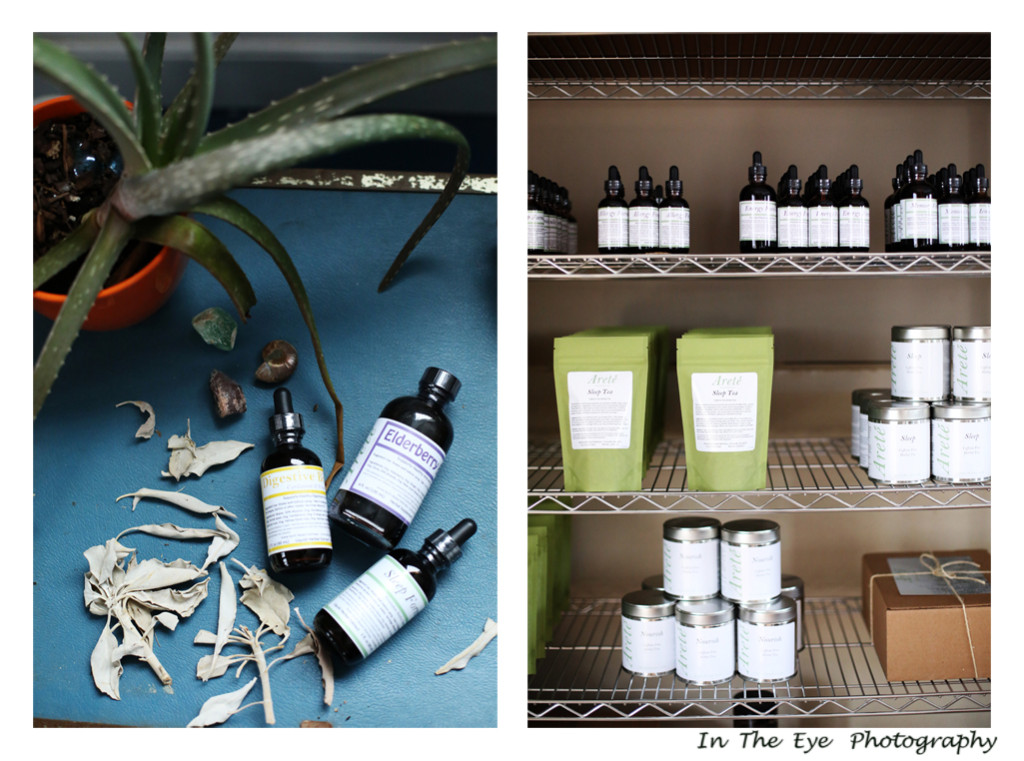
What’s your philosophy about herbal medicine?
Areté Herbs is a company dedicated to helping each individual achieve optimal health with plant‐based
products. At Areté, we believe that personal health is deeply connected to nature. To attain optimal
wellness it is vital to embrace a more natural, earth‐centered approach to living fuller, healthier lives.
Plant medicine is a beautiful way to empower you on this journey.
We are a young, homegrown business that lovingly handcrafts all herbal products in small batches. We
are wholly dedicated to organics, sustainability, and green business practices because of our great
reverence for the environment. We promise to use only organic herbs to create our formulas.
Our herbs are sourced from only the most highly regarded companies that provide certified organically
grown plants. Respectfully wild‐harvested herbs are often hand‐gathered by ourselves from rural
Chester County, or grown in our personal garden that is free of pesticides, chemicals, and genetically
modified organisms (GMOs).
It is our hope that Areté’s herbal products give you the opportunity to infuse yourself in the medicine of
the plants.
Can you recommend one herb that is easy to use and grow?
I’ll name a handful! I had the best luck growing Sage, Catnip, Thyme, and Lemon Balm. These herbs
seem to need hardly any attention at all and grew into huge, beautiful plants all by themselves.
A lot of medicinal plants are considered common weeds and can be found in your own yard or woods
behind your house! There is no need to plant an herbal garden if you learn to identify these common
medicinal weeds. They grow on their own and very plentifully! Some include: Plantain, Chickweed,
Dandelion, and Nettles to name a few! These are all considered tonic herbs.
Dandelion, Chickweed, and Plantain can all be found in your lawn! Dandelion is great for digestion and
liver function and is a key component of ourCardamom & Fennel Digestive Bitters. It is also found in our
Immune Chai Tea, Nourish Tea, and Mommy‐To‐Be Tea.
Plantain can be made into a poultice to draw out a splinter or bee sting—great for summer first aid!
Chickweed is a Nutritive (very nutritious!) and is one of my favorite herbs. It tastes so yummy that you
can add it to salads or even make a pesto from it!
It is also one of the herbs found in our Nourish Tea and our Mommy-To-Be Tea.
Stinging Nettles are found along rivers where the ground is moist. You can find them along the
Brandywine River! The fresh plant is great for seasonal allergies, is a powerhouse of vitamins and
minerals, and supports the adrenals to combat stress. We use it in our Allergy Formula, Nourish Tea,
Stress Free Tea, and Mommy‐To‐Be Tea.
.


